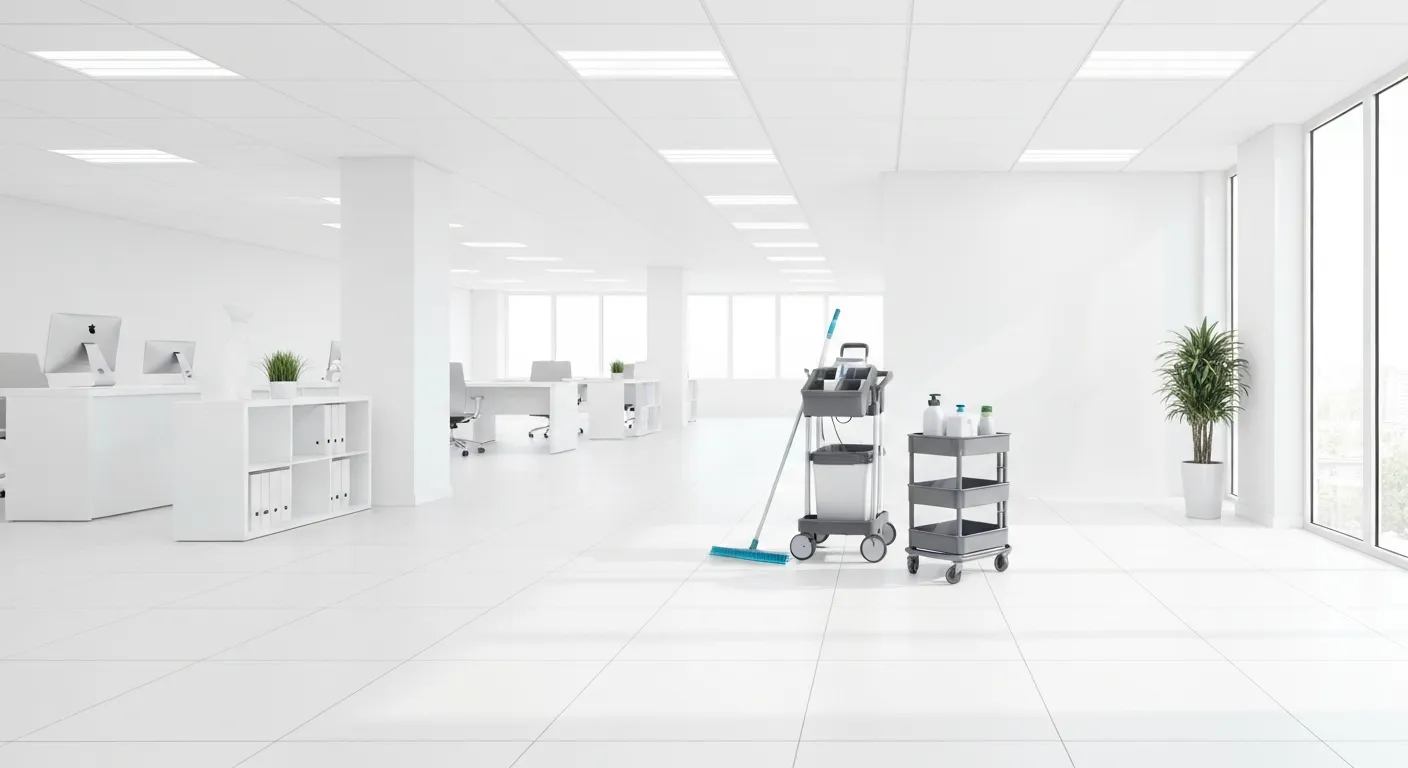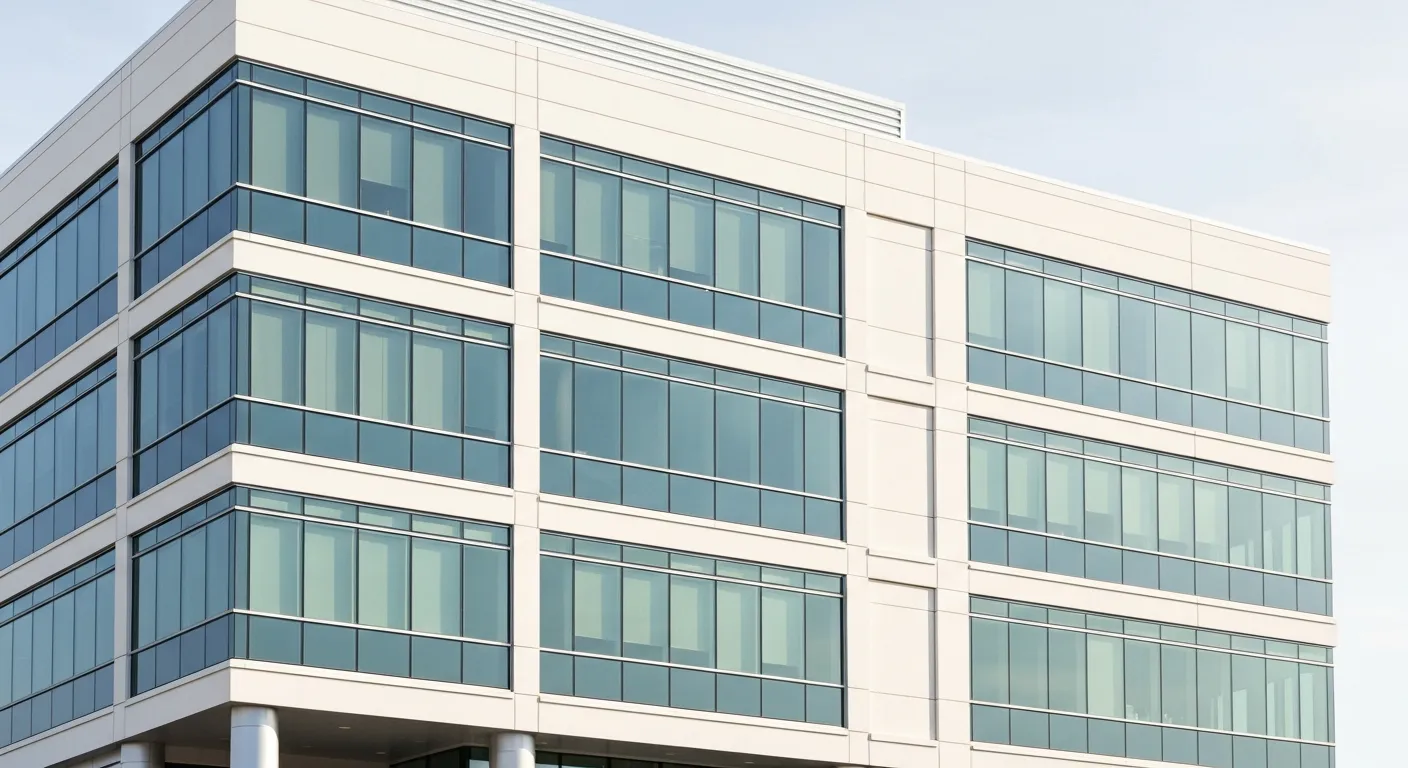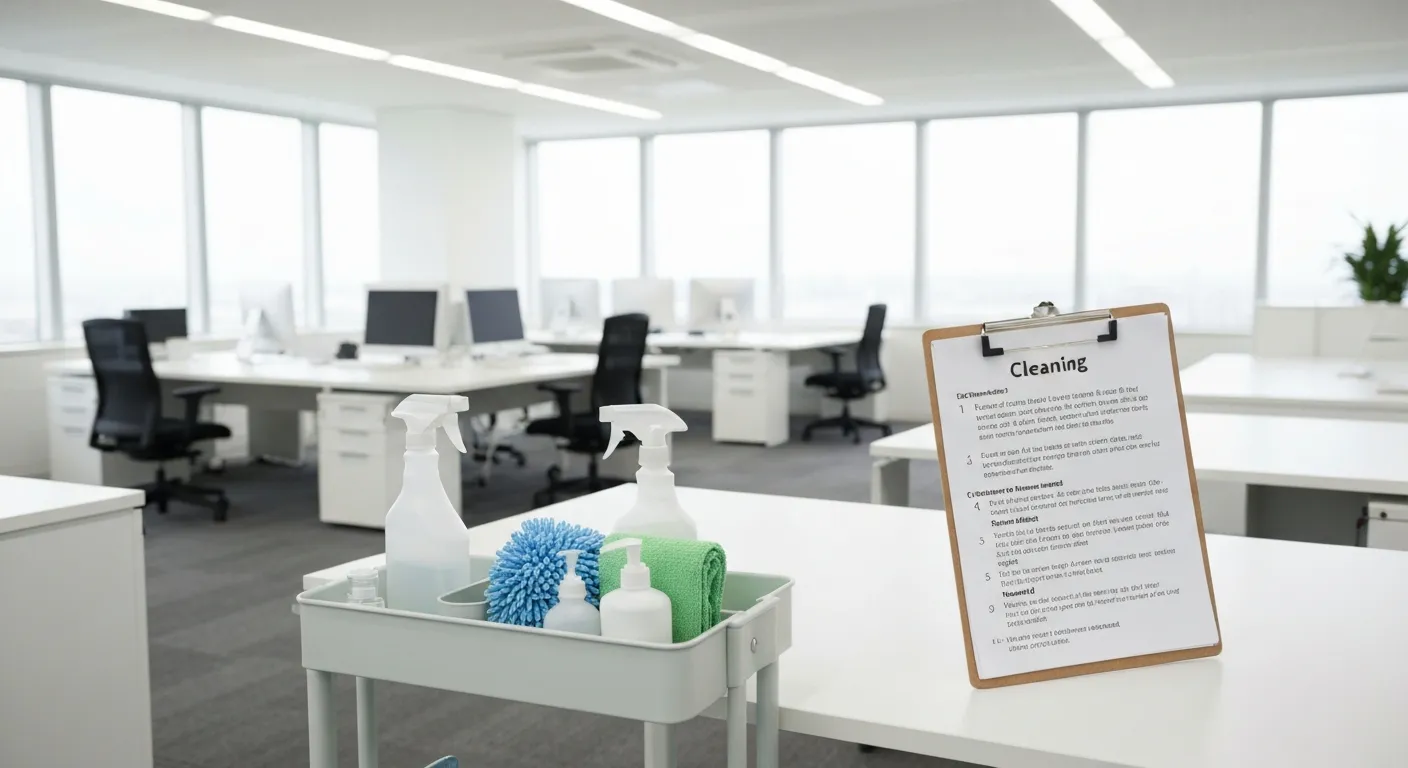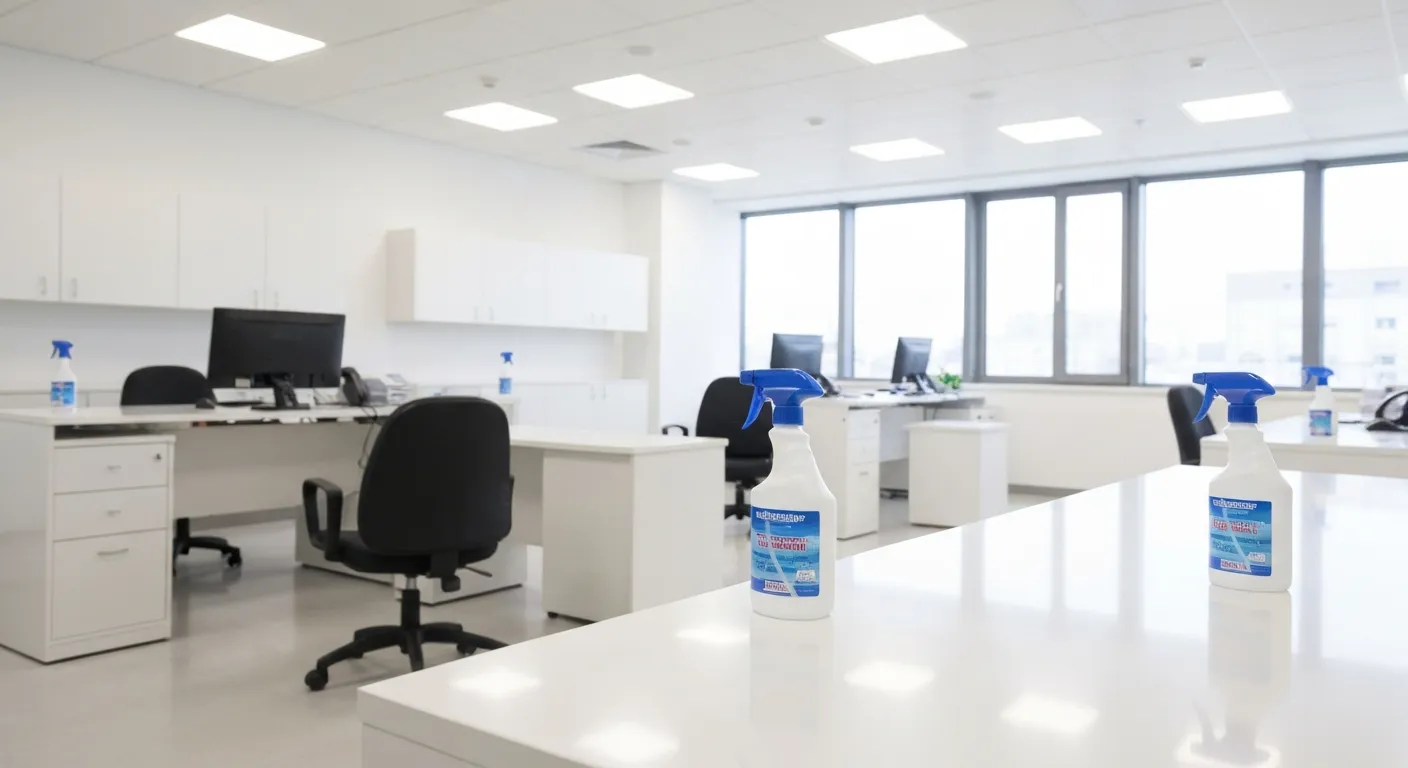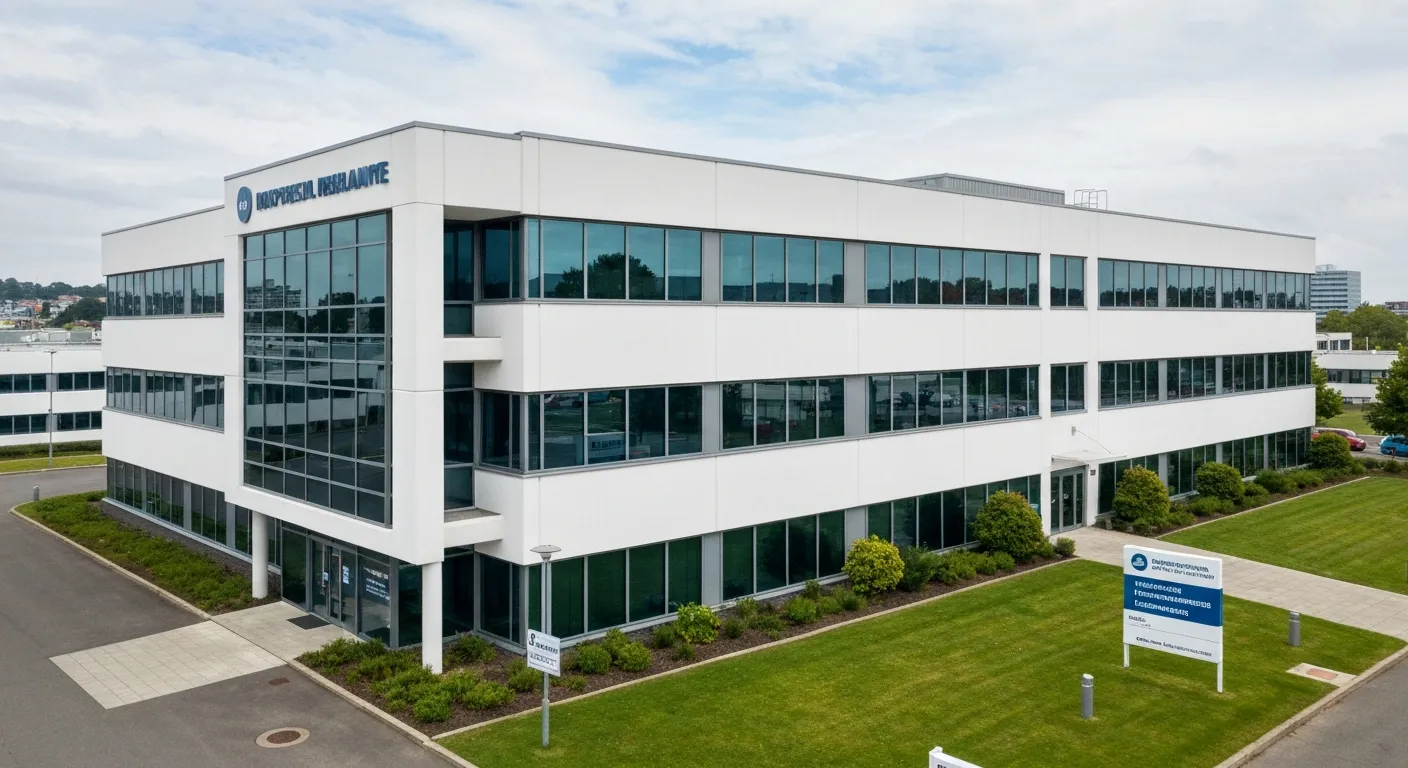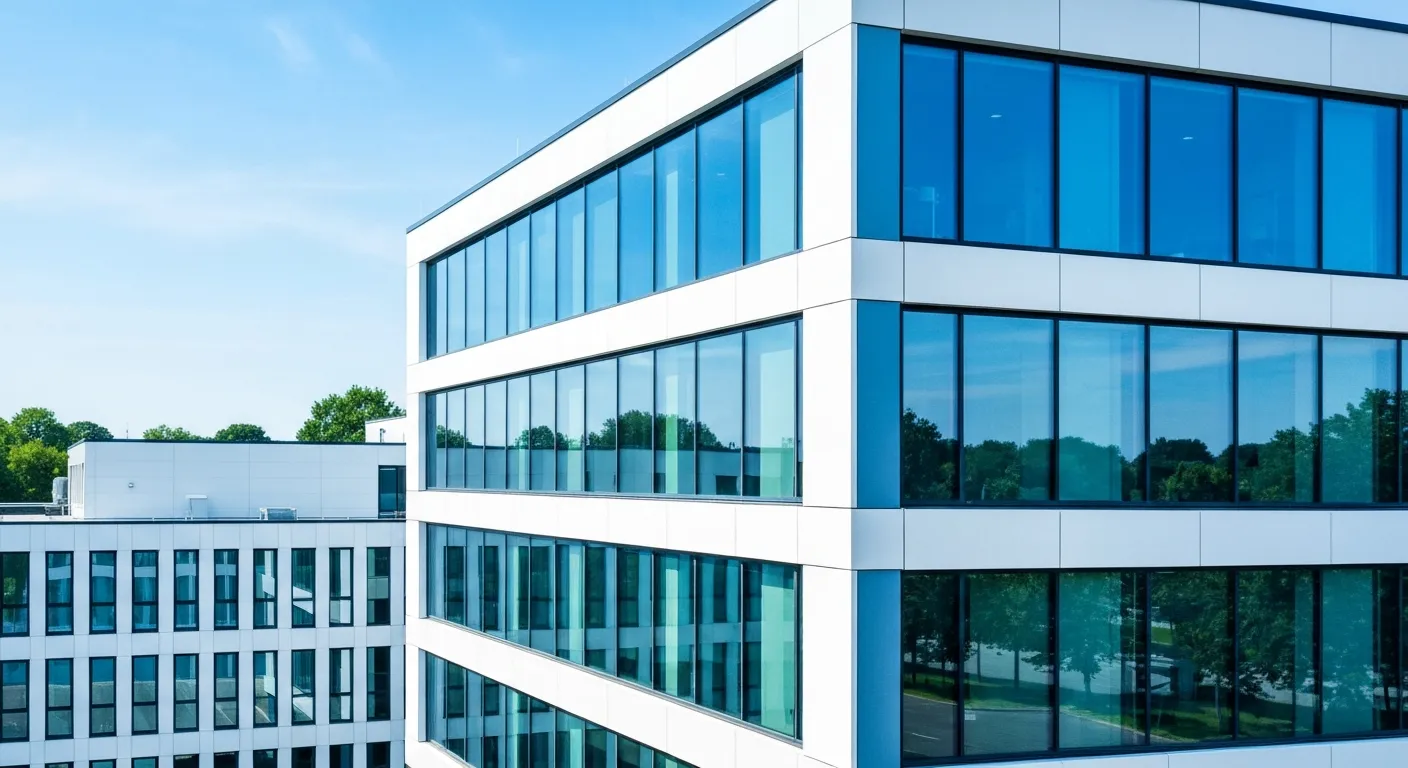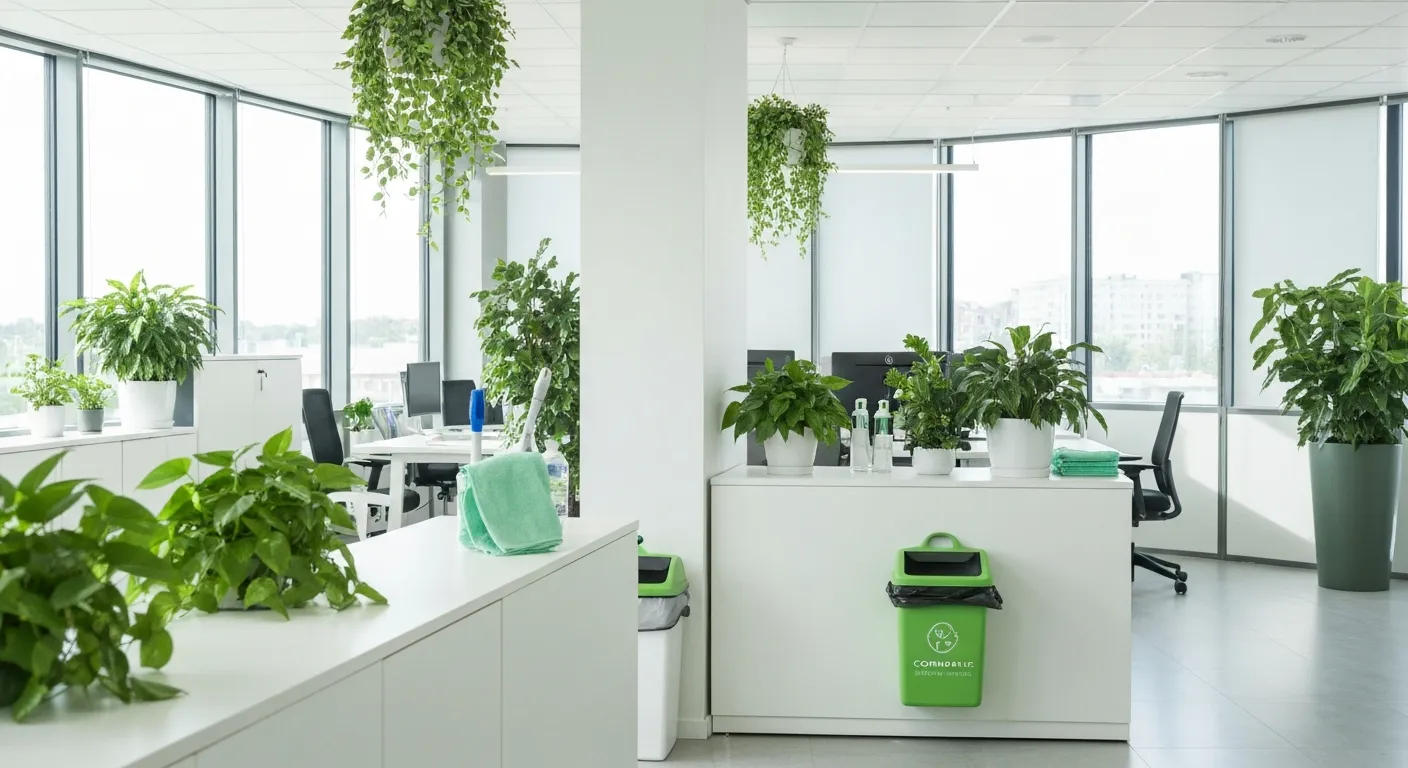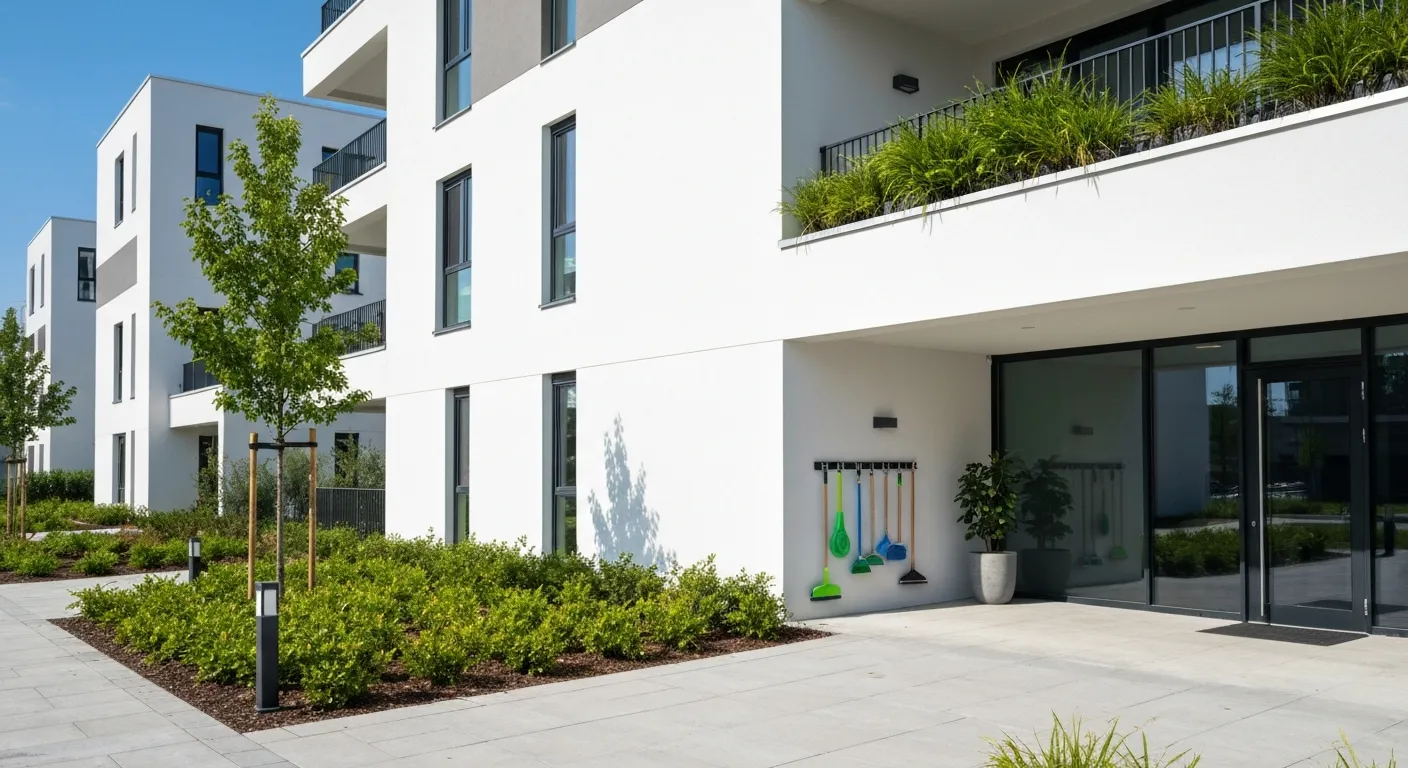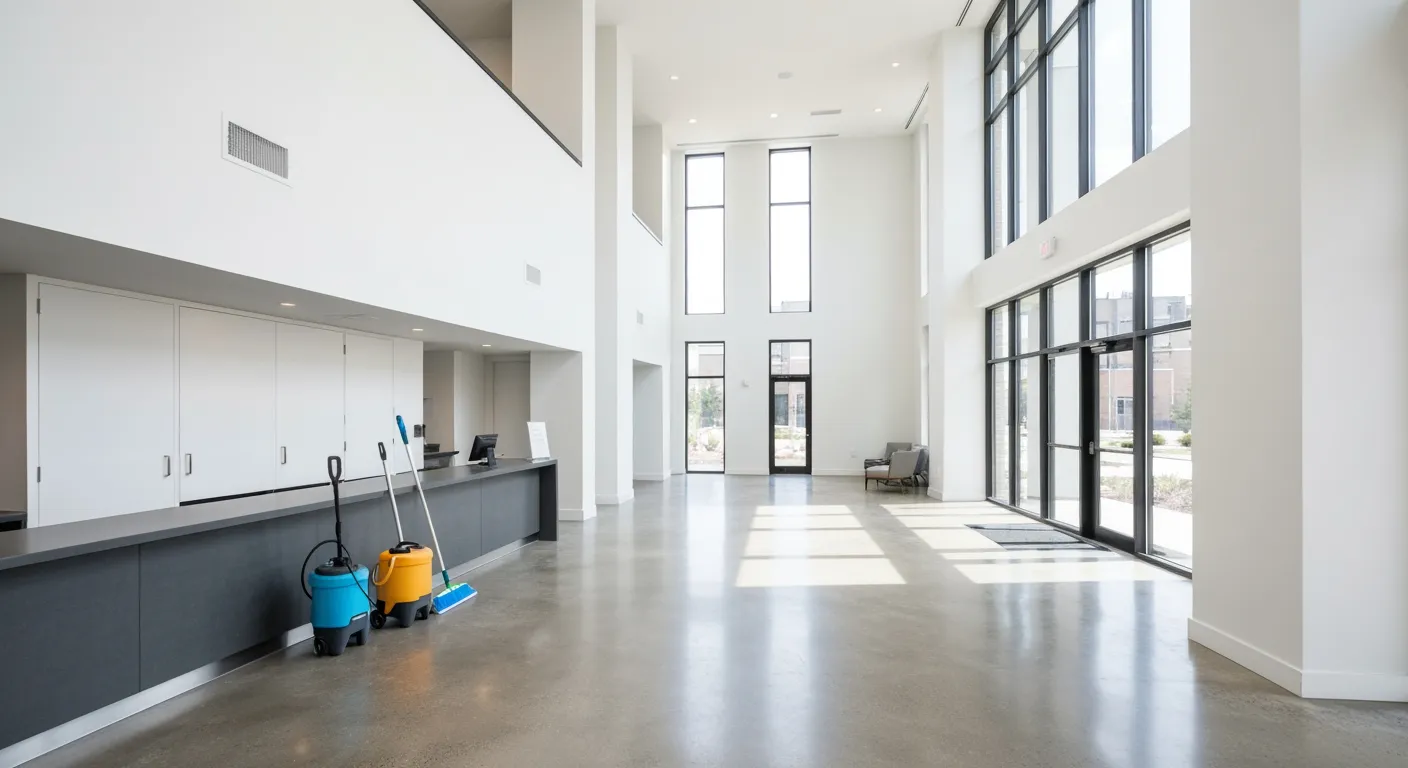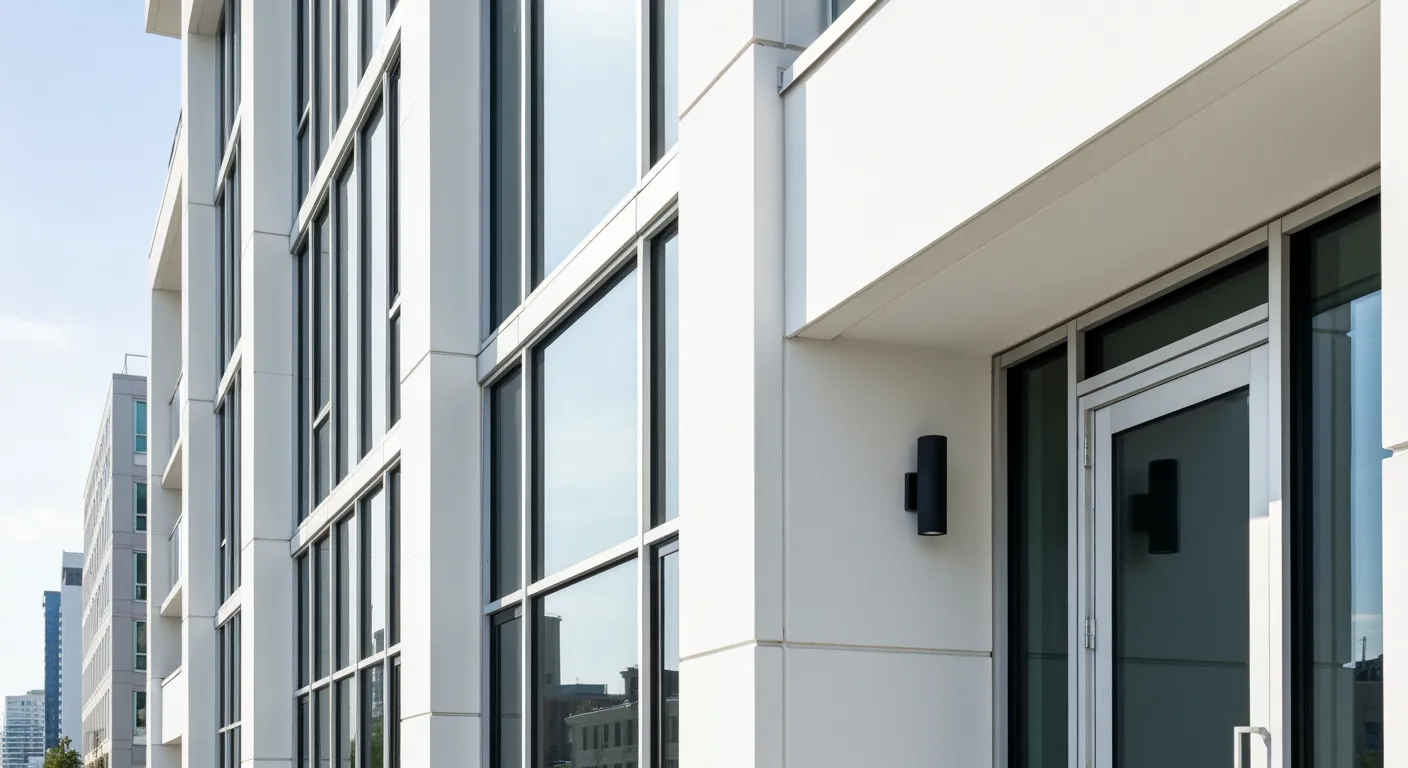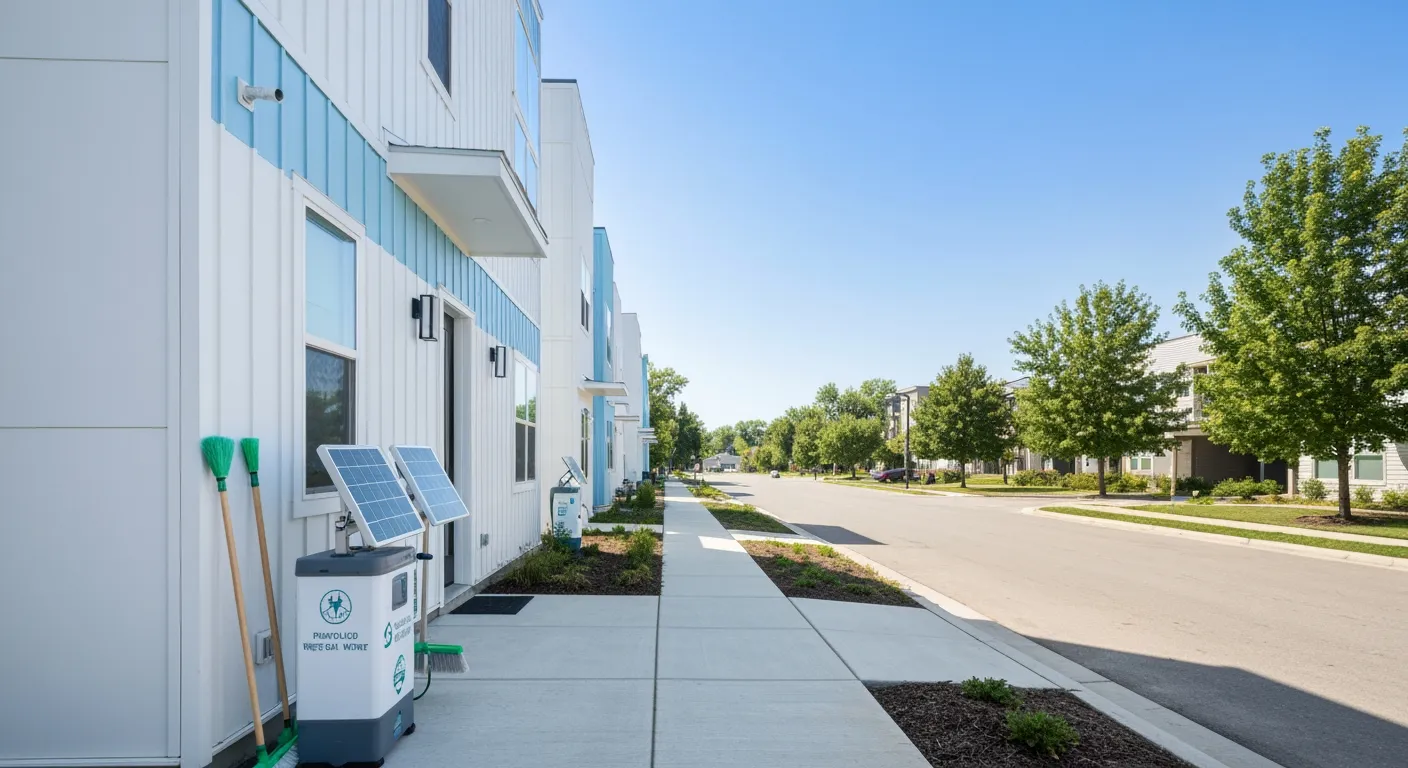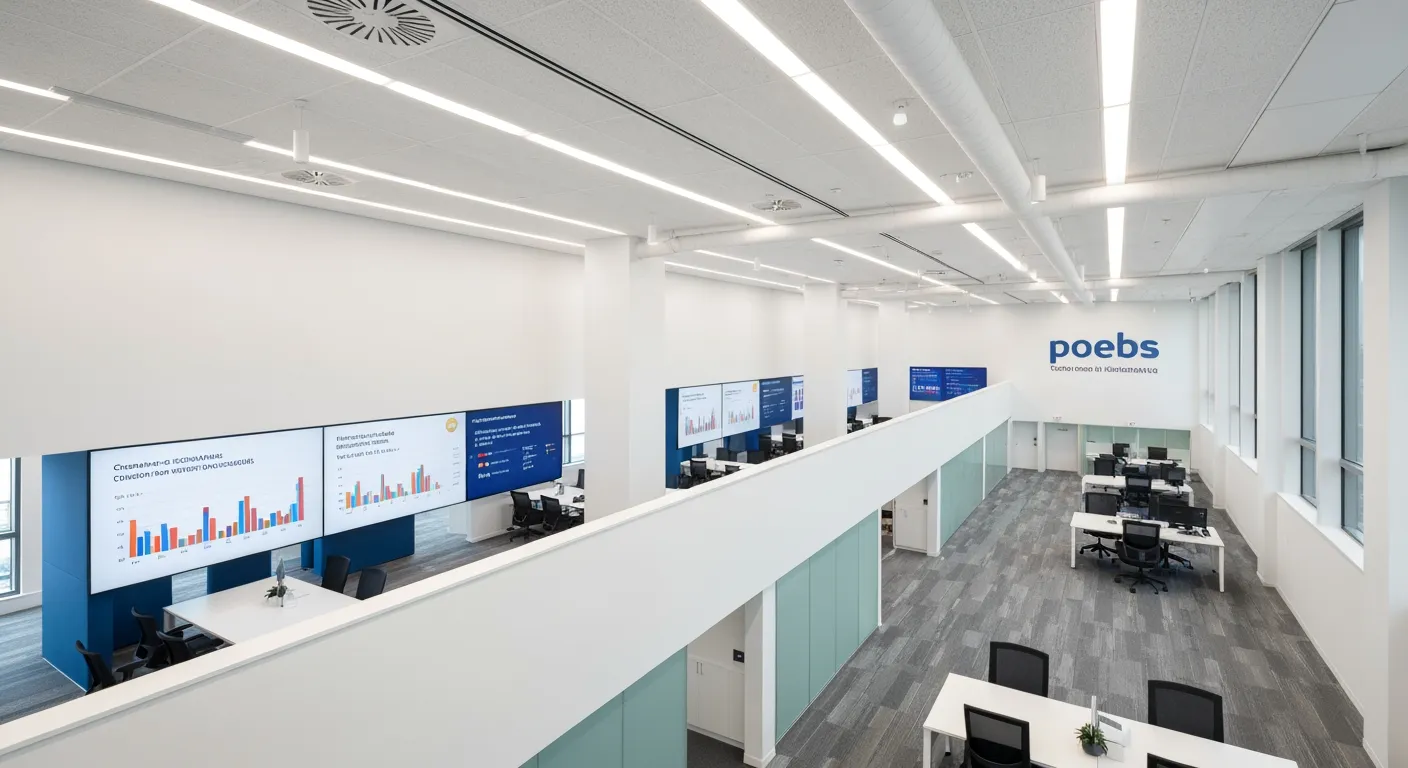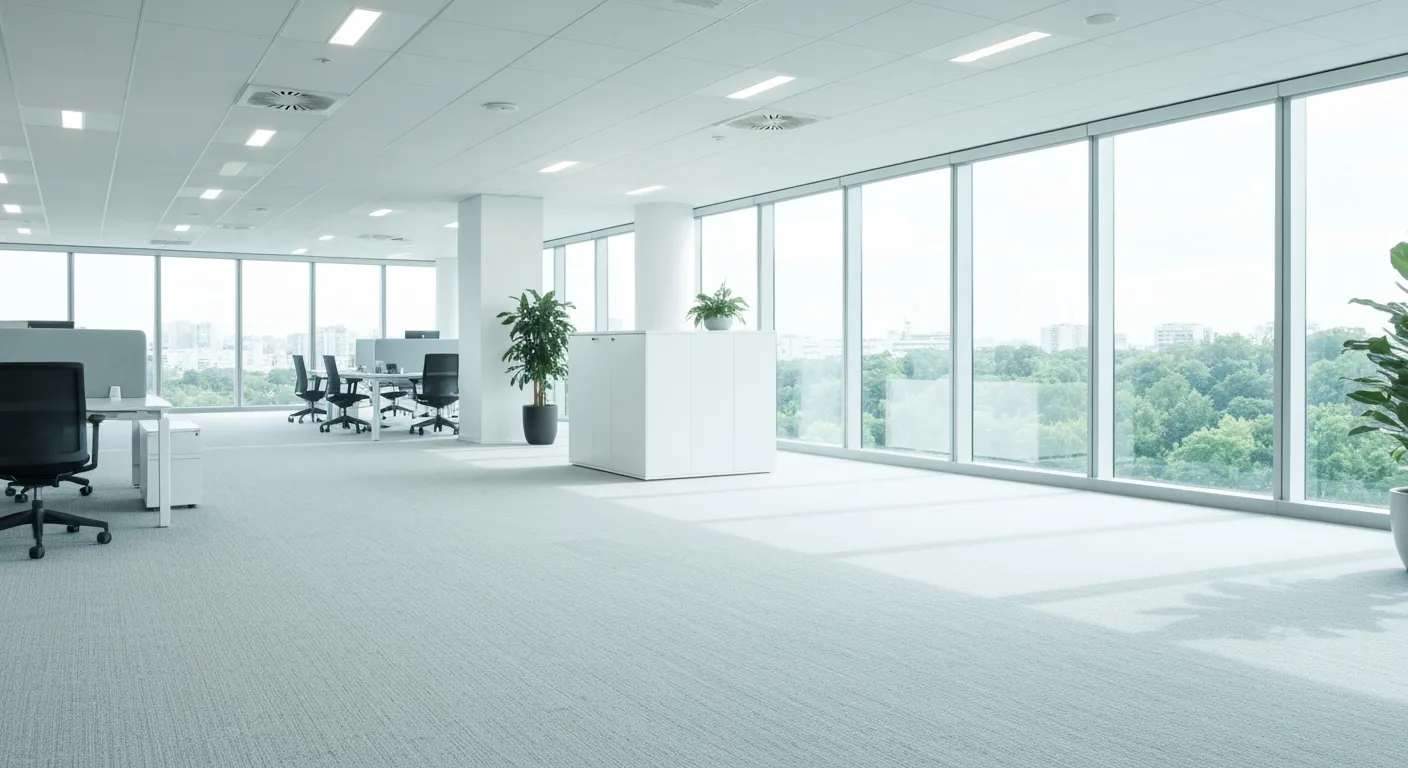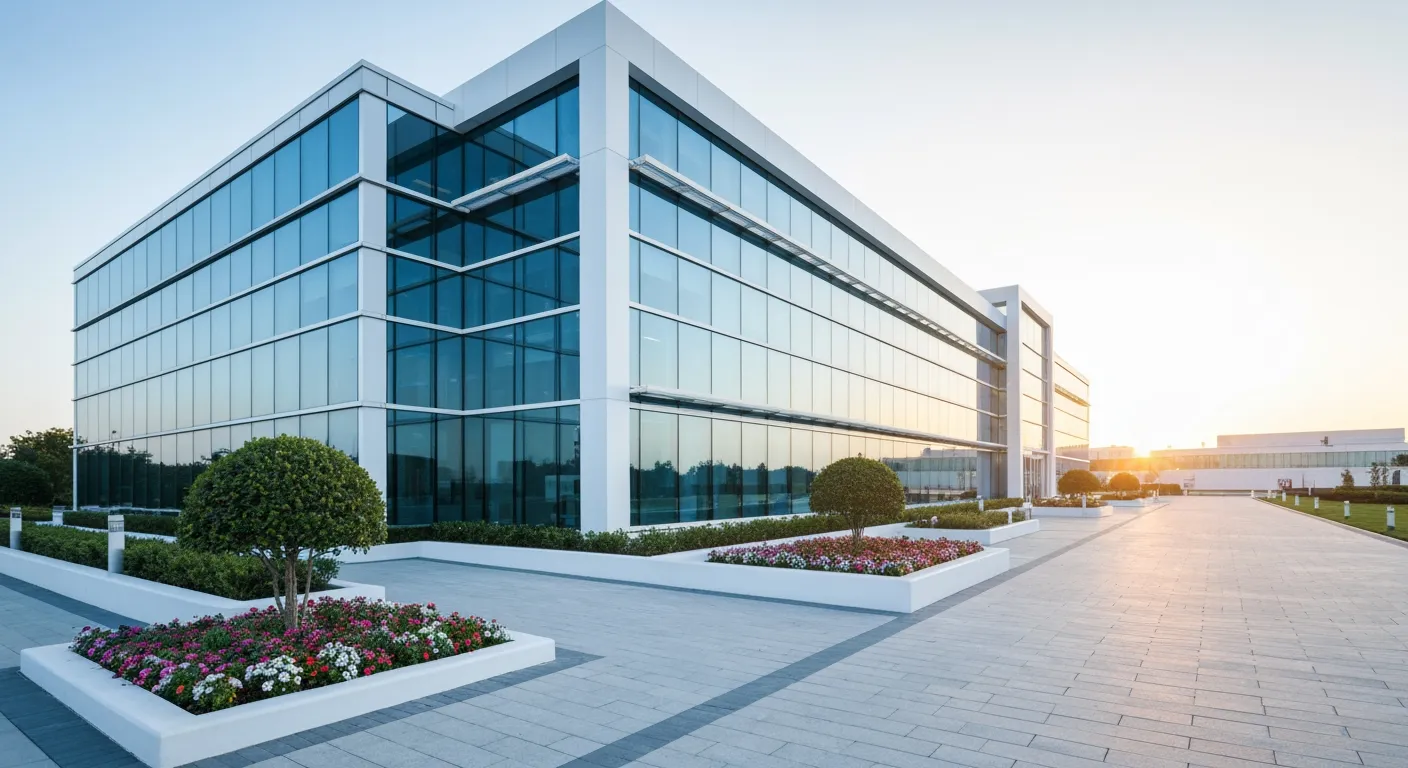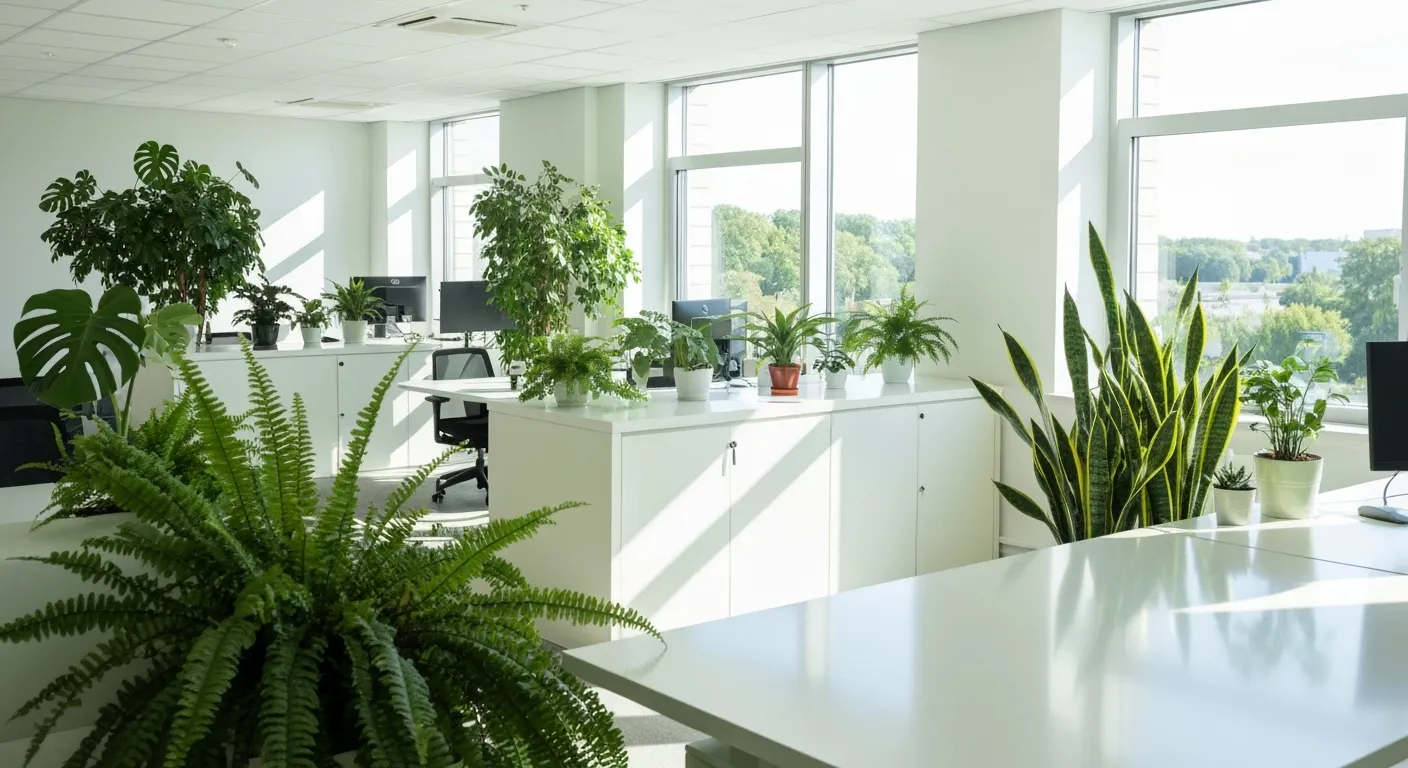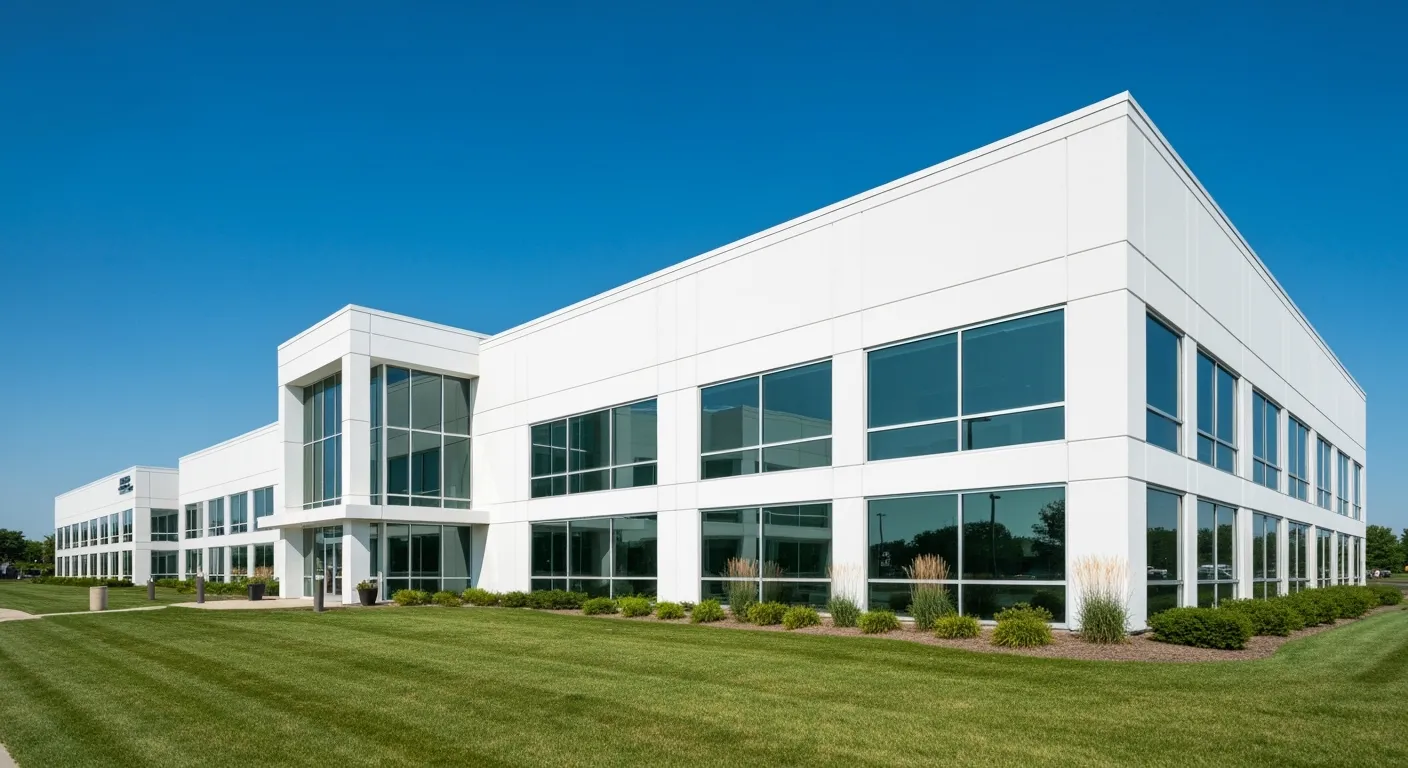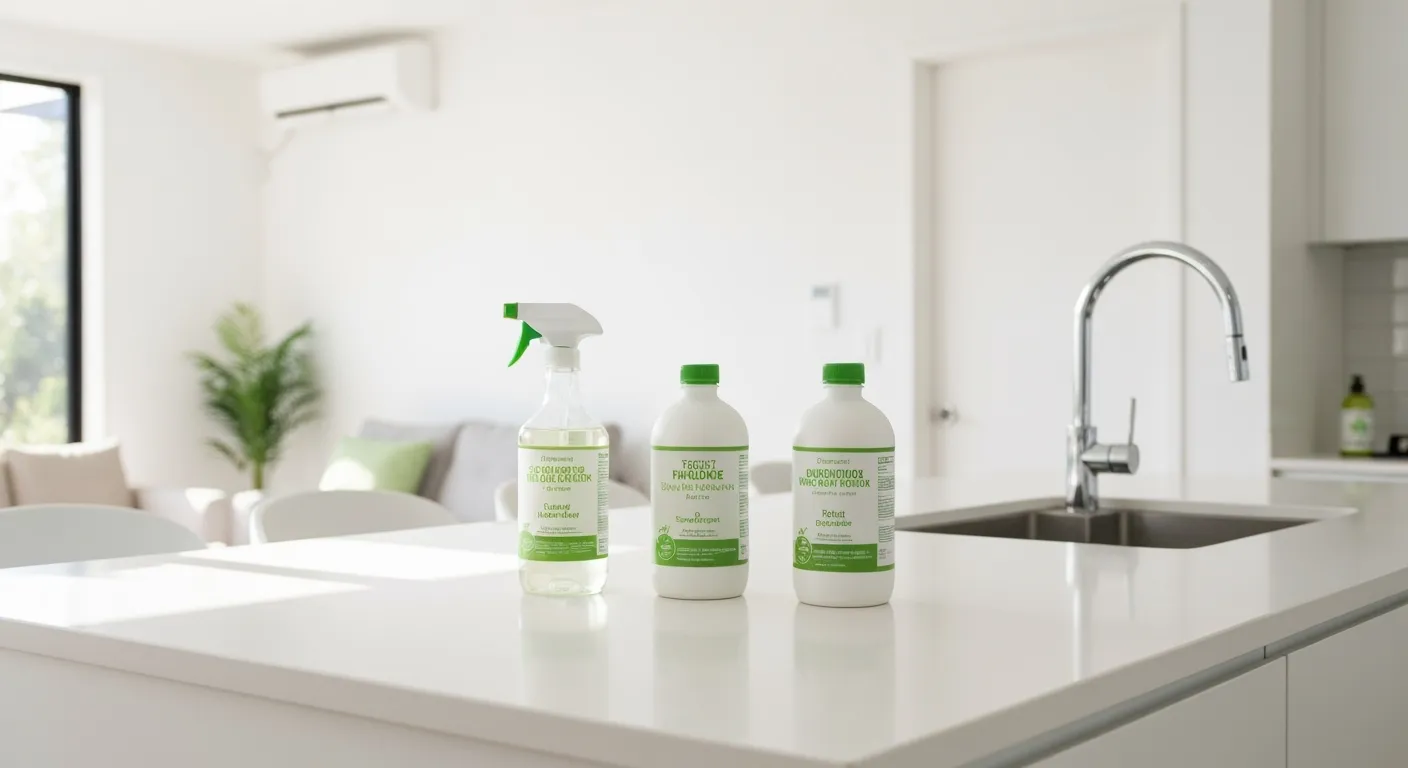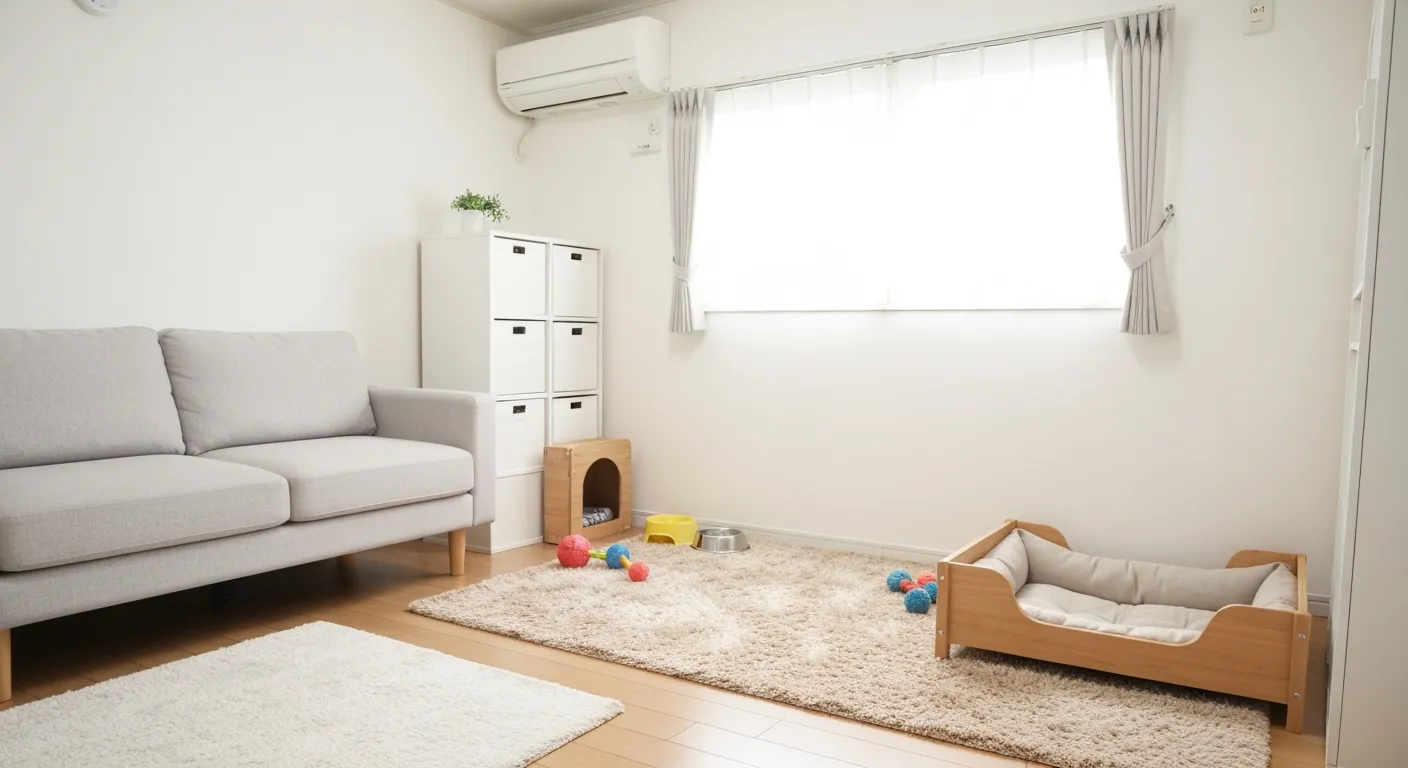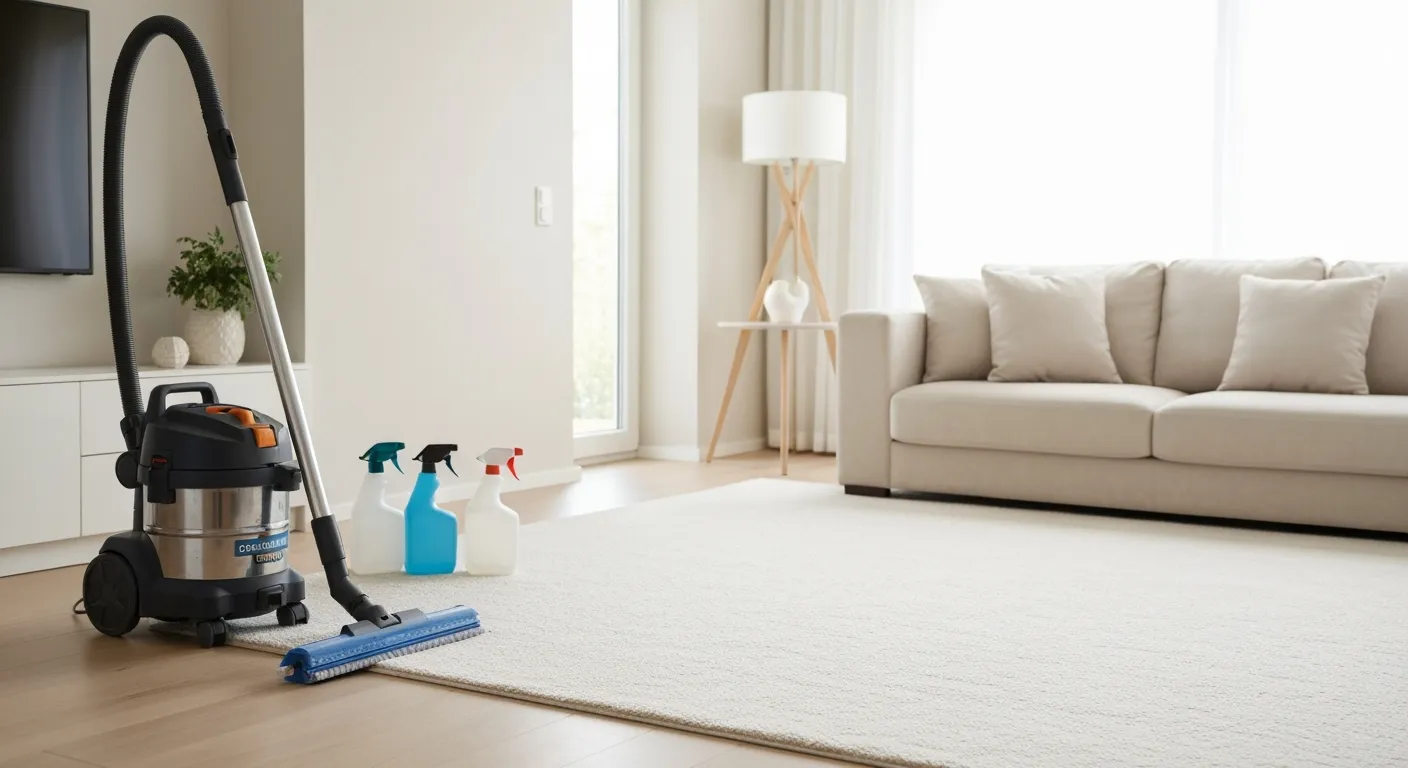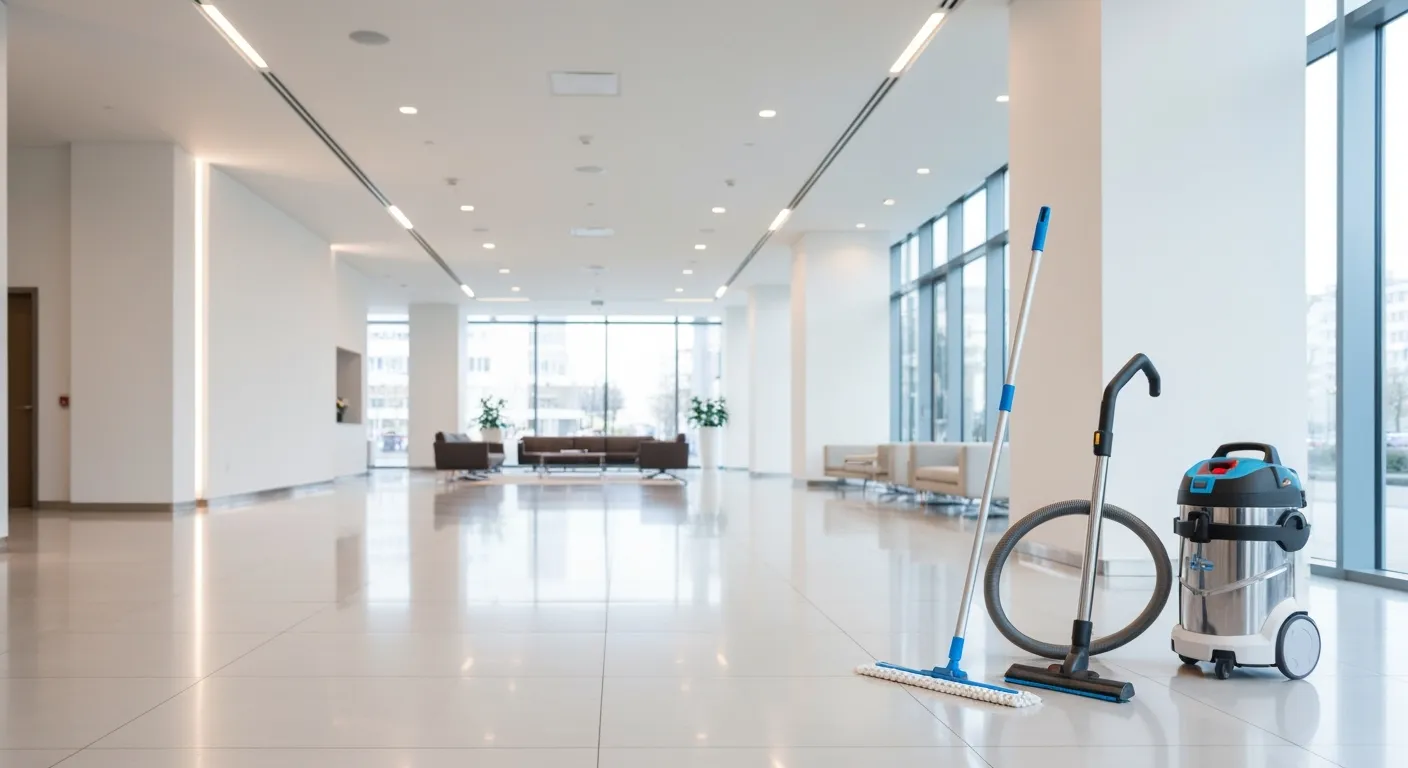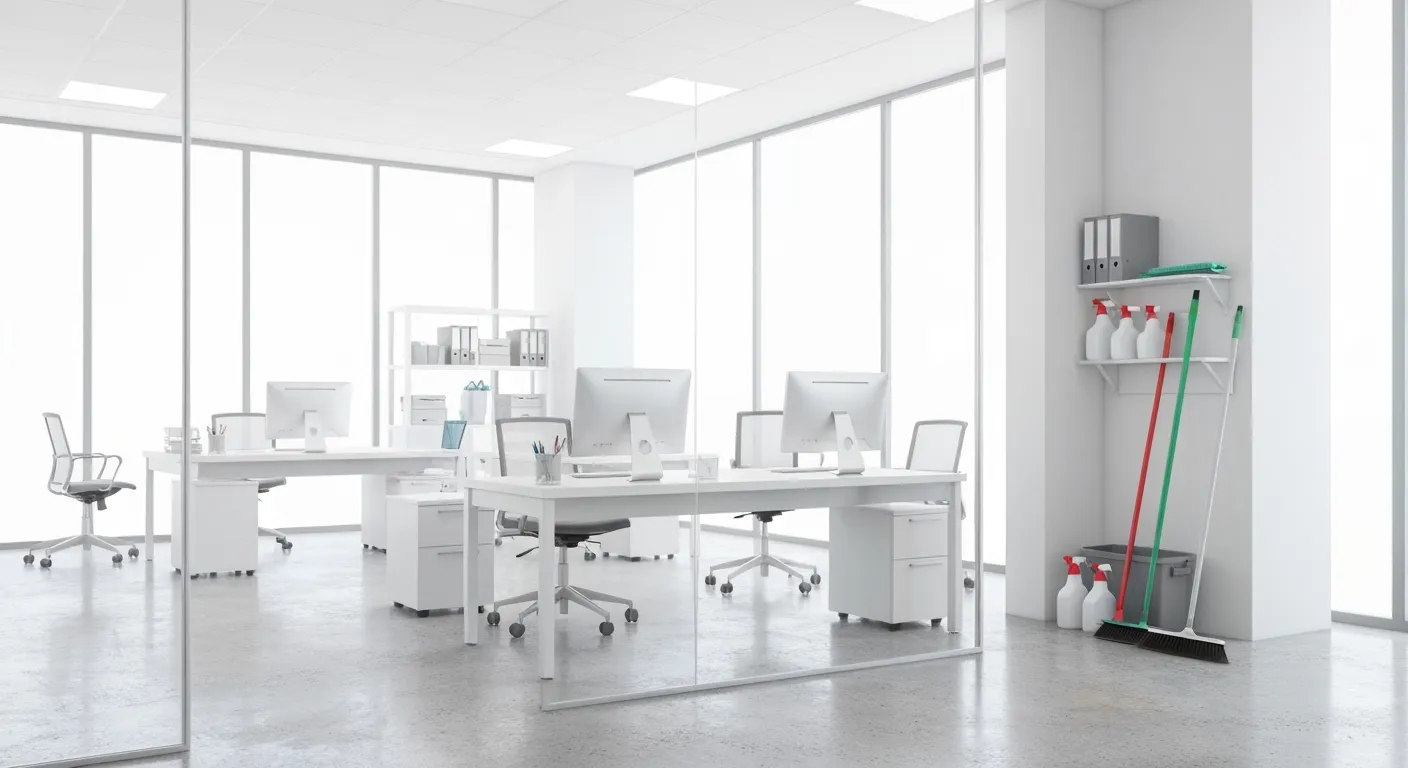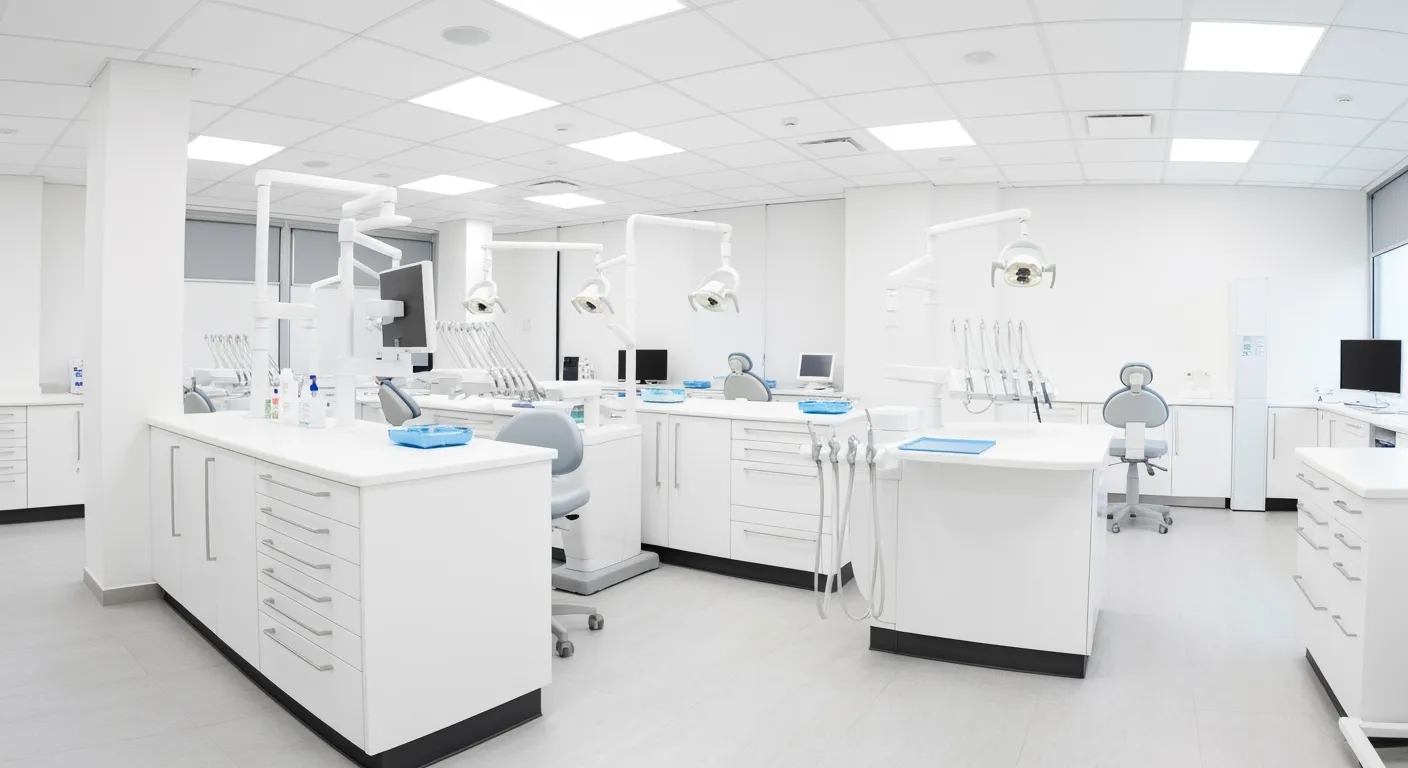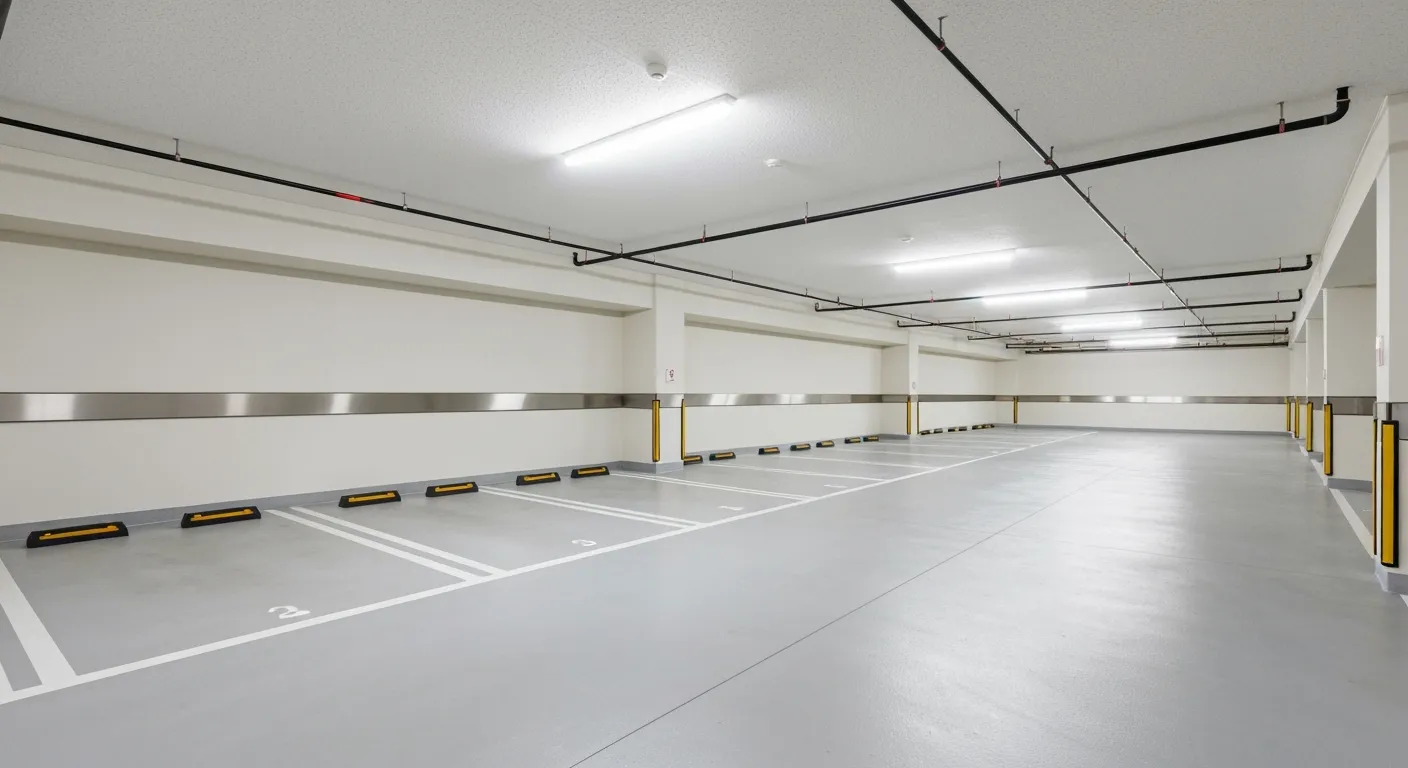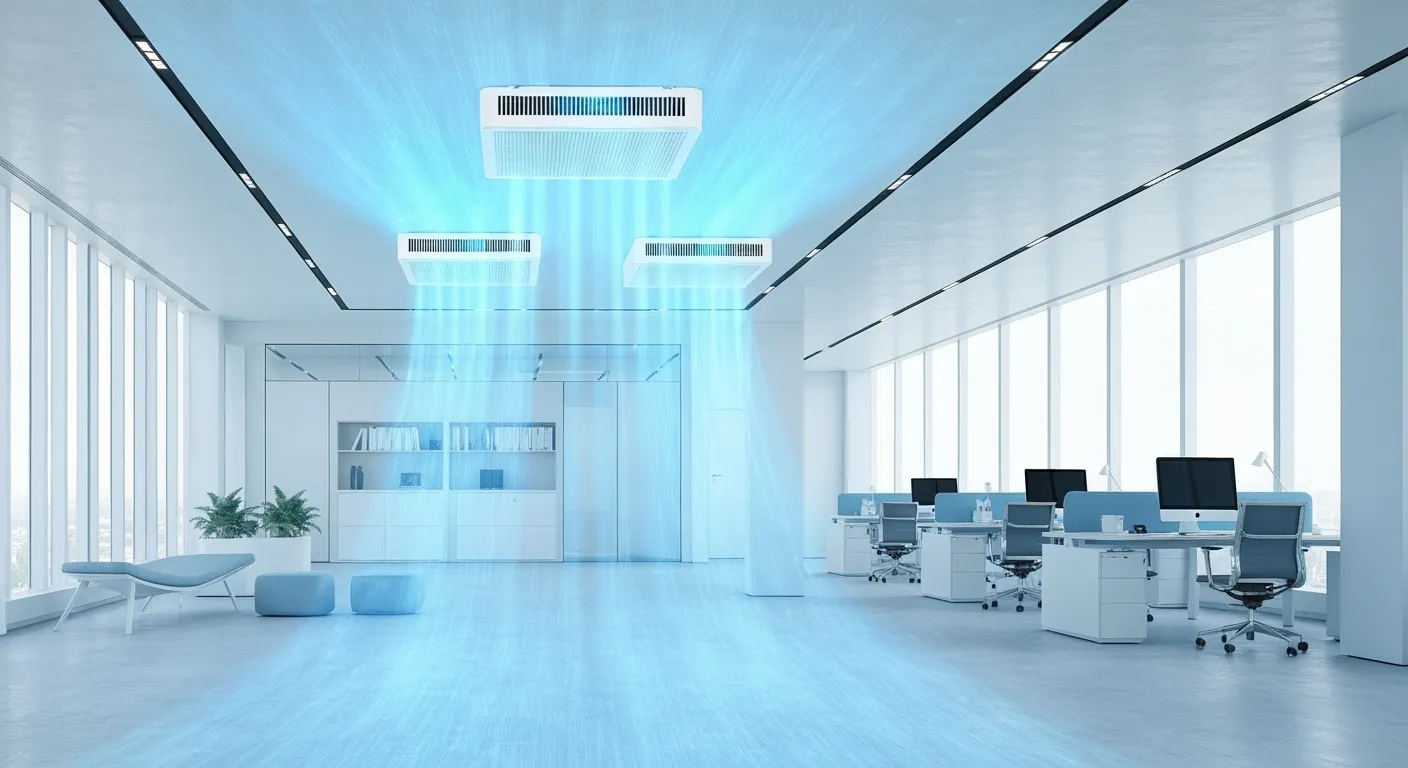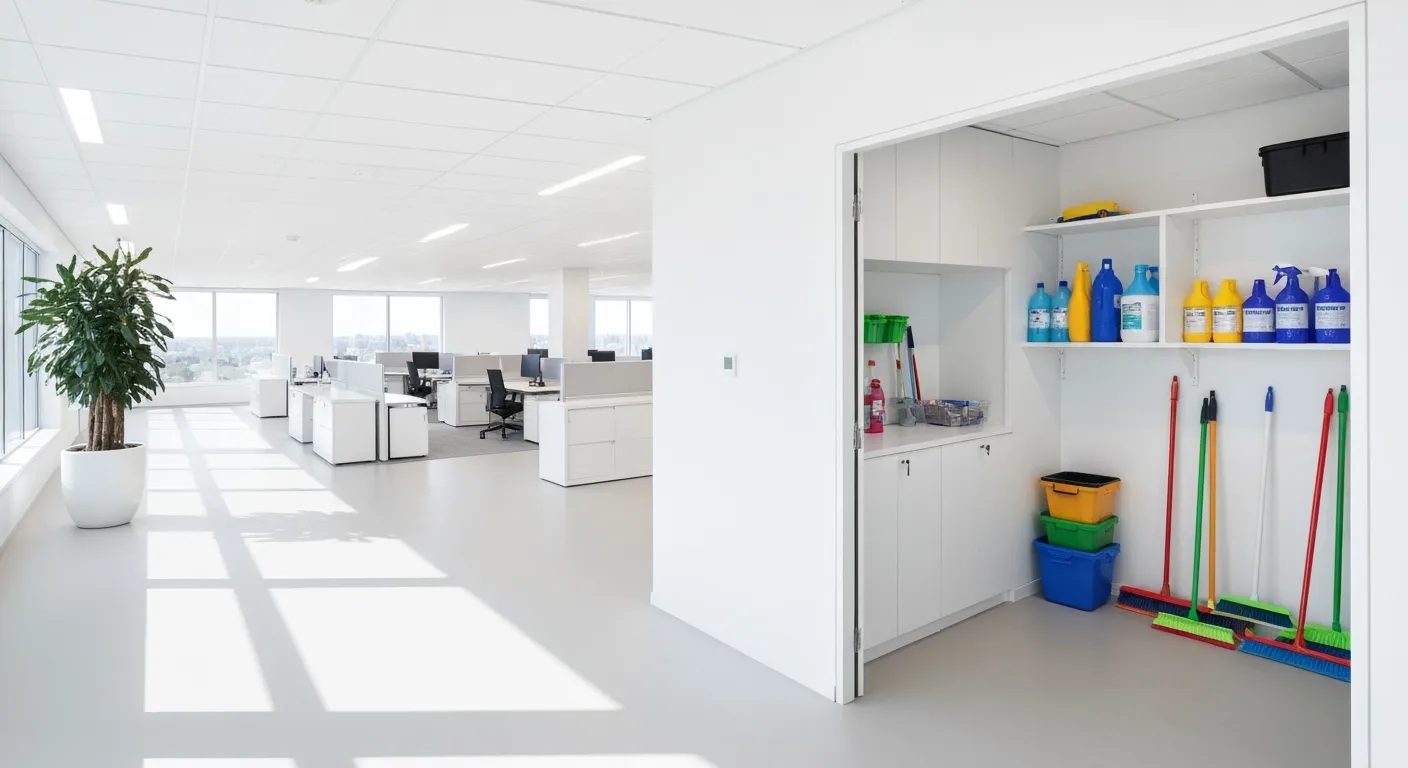Janitorial Services Industry Statistics: Market Value, Business Growth & New Opportunities
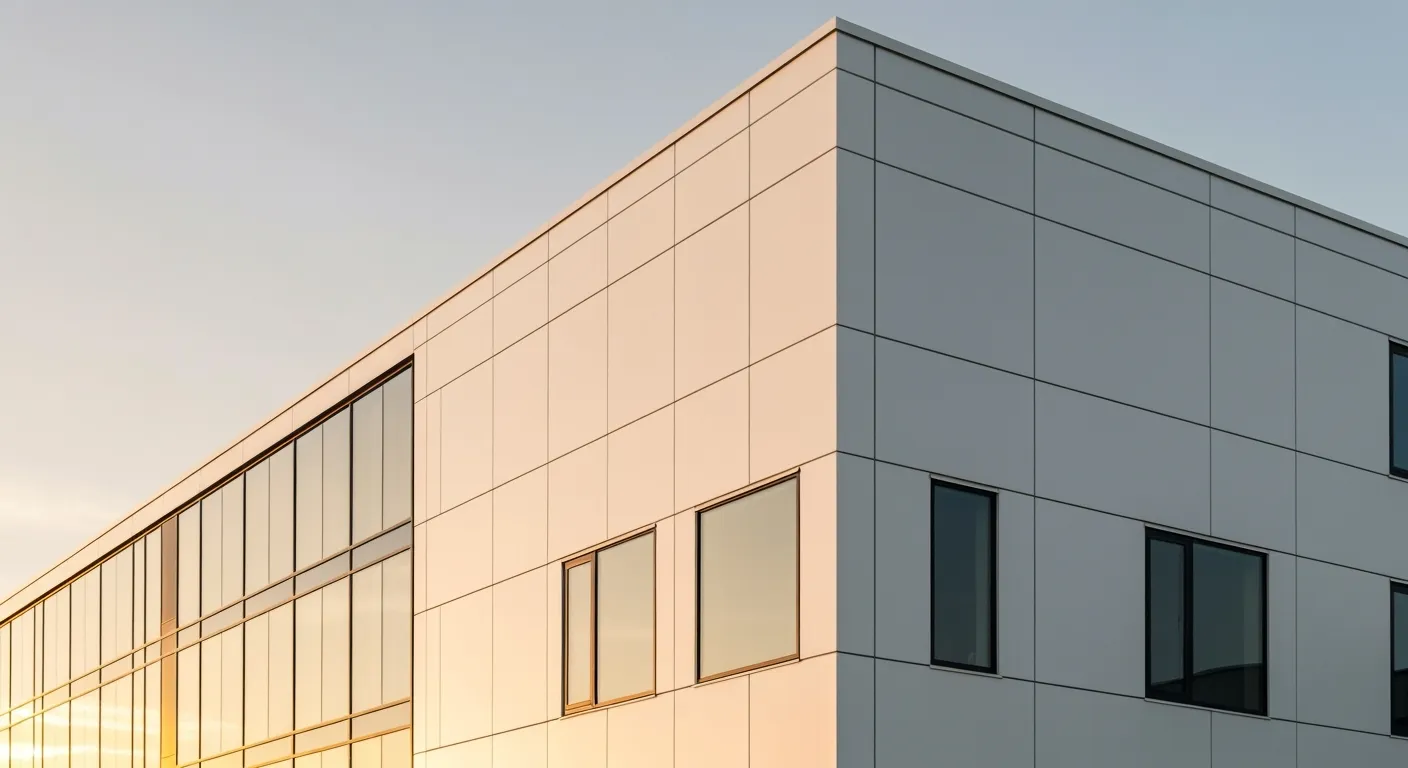
Understanding the Scope and Impact of Janitorial Services
The janitorial services industry is a vital sector underpinning the hygiene and maintenance standards of residential, commercial, and specialized facilities worldwide. Valued in the hundreds of billions of dollars, it continues to expand as rising health standards, regulatory demands, and technological innovations shape its evolution. This article provides an in-depth examination of janitorial services industry statistics, market performance, growth forecasts, technological trends, and strategic opportunities for stakeholders seeking to navigate and capitalize on this growing market.
Market Size and Economic Importance of Janitorial Services

The global janitorial services industry is a significant economic sector, with a market size estimated at approximately USD 288.76 billion in 2024. This industry is projected to grow steadily, reaching about USD 367.48 billion by 2030, with a compound annual growth rate (CAGR) of around 4.2% (Janitorial Services Market Growth 2025). North America leads the regional markets, accounting for a substantial share of over 31% in 2024, driven by strict regulatory standards, high hygiene expectations, and technological adoption (North America janitorial market).
Regional growth varies, with the Asia Pacific region expanding rapidly at a CAGR of 5.7%, mainly fueled by increasing urbanization, infrastructure development, and rising awareness of hygiene standards (Janitorial Service Market Size 2024-2030). This global growth reflects the industry’s crucial role in supporting urban development and public health (Global janitorial service market forecast).
The industry serves both commercial and residential markets, with commercial cleaning—covering office buildings, retail spaces, hospitals, and hospitality sectors—contributing the majority of revenue. In 2023, commercial spaces accounted for approximately 89.8% of total industry revenue, emphasizing their importance (Commercial Cleaning Services Revenue).
Regulatory standards such as OSHA in healthcare and FSMA in food services significantly influence industry demand, requiring professional cleaning to meet hygiene and safety regulations (OSHA cleaning standards, FSMA cleaning regulations). Technological advancements, including automation, IoT-enabled equipment, and environmentally friendly cleaning solutions, are revolutionizing operations, improving efficiency, safety, and sustainability (Technological advancements in janitorial services, IoT-enabled cleaning equipment, Eco-friendly cleaning solutions).
In summary, the janitorial sector not only supports public health and safety standards but also contributes substantially to economic growth, employment, and technological innovation, making it an indispensable part of the global economy (Janitorial sector job growth forecast, Employment growth for janitors).
Growth Trends and Market Forecasts Shaping the Industry
What are the key growth trends and market forecasts for the janitorial industry?
The janitorial industry is currently experiencing a steady and positive growth trajectory fueled by increasing global emphasis on hygiene, sustainability, and technological innovation. Market forecasts indicate that the global janitorial service sector is projected to reach about USD 441.54 billion by 2027, growing at an average Compound Annual Growth Rate (CAGR) of approximately 4.2% to 4.5% through 2030.
Regionally, North America stands out as the largest market, primarily driven by the strong demand from sectors such as healthcare, retail, and industrial facilities. In the United States alone, the industry is valued at over USD 108 billion, with a consistent growth trend supported by factors including construction booms, urbanization, and heightened health standards (Janitorial Services Market in the US).
Key trends influencing growth include a burgeoning focus on green cleaning practices, the adoption of robotics and automation, and the expansion of specialized services tailored to sectors with stringent safety and hygiene requirements like hospitals, laboratories, and food processing plants.
Despite economic fluctuations, the industry has demonstrated resilience during downturns, bolstered by its essential nature and recession-resistant profile (Commercial cleaning industry growth). As businesses and institutions continue to prioritize cleanliness for health and safety, demand for professional janitorial services is expected to remain robust.
In summary, driven by innovation, regulatory standards (OSHA cleaning standards), and social trends, the industry’s future remains promising, with forecasted continual expansion and emerging opportunities for service providers worldwide.
Technological Innovations Driving Efficiency and Quality

What are the major technological advancements and innovations shaping the janitorial industry?
The janitorial sector is undergoing a significant transformation driven by cutting-edge technologies that enhance efficiency, sustainability, and service quality.
One of the most prominent advancements is the use of robotics and automation. Robotic cleaners, such as floor scrubbers and vacuums, are now capable of performing routine tasks with minimal human intervention. These systems increase productivity and reduce labor costs, addressing the industry’s ongoing labor shortages.
In addition, the integration of Internet of Things (IoT) devices and smart cleaning tools has revolutionized operational management. Sensors installed in cleaning equipment or embedded in environments enable real-time monitoring of cleanliness standards, equipment performance, and supply levels. This data-driven approach allows for timely maintenance and better allocation of resources.
Advanced cleaning agents are also playing a vital role. Eco-friendly, biodegradable products are replacing traditional chemicals, supporting sustainability goals and ensuring compliance with health and environmental regulations.
Furthermore, specialized software platforms facilitate better workforce scheduling, task management, and inventory control. These tools improve transparency, optimize labor utilization, and streamline supply chain processes.
Lastly, data analytics is increasingly used to evaluate cleaning efficacy and customer satisfaction. Analyzing operational data helps firms refine their practices, predict maintenance needs, and tailor services to client requirements.
In summary, innovations such as robotics, IoT, advanced cleaning agents, management software, and data analytics are shaping a more efficient, sustainable, and quality-focused janitorial industry—a trend expected to continue growing in the coming years.
Challenges Facing the Industry and Emerging Opportunities
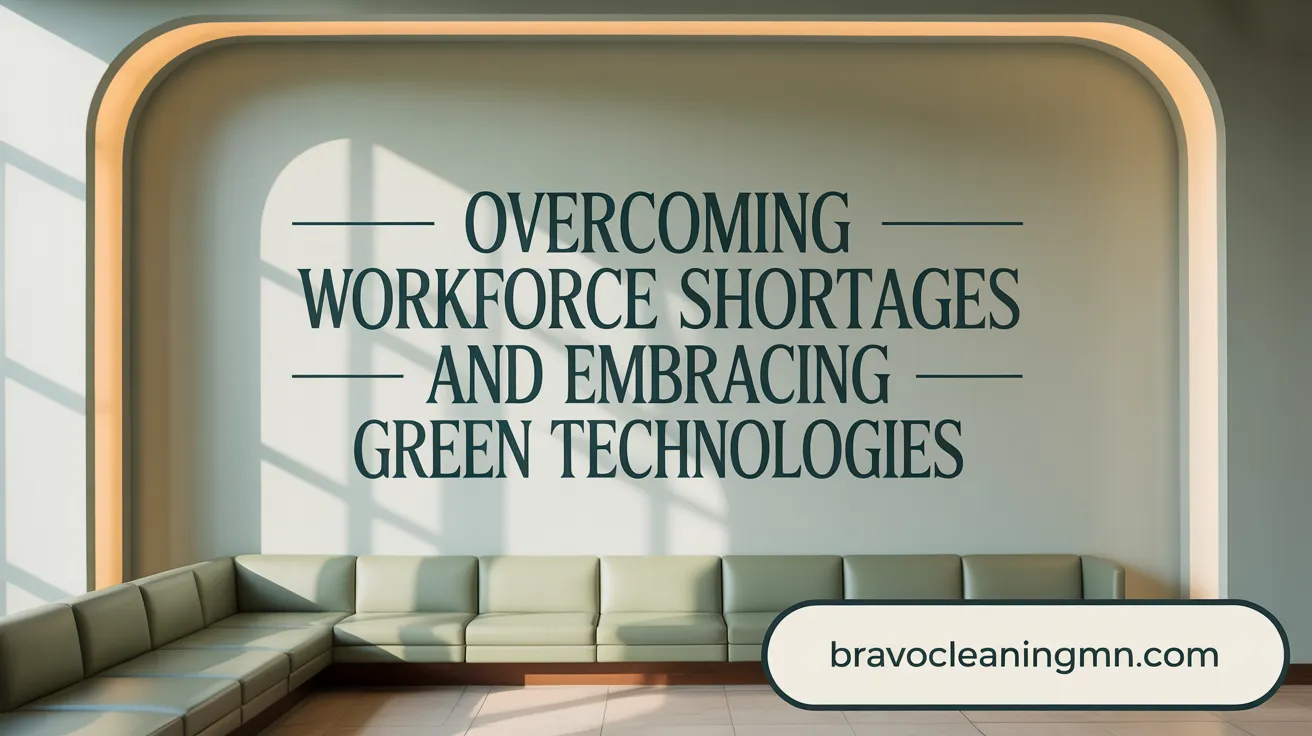
The janitorial services sector is navigating a variety of persistent challenges while simultaneously uncovering promising avenues for growth. One of the most significant hurdles is the ongoing labor shortage in cleaning industry. Industry reports estimate that around 350,300 job openings for janitors and building cleaners are expected annually in the U.S. alone, driven by an aging workforce and changing employment landscapes. Employment growth remains steady at approximately 3% over the next decade, but attracting and retaining qualified staff remains difficult due to physical job demands and competitive wages.
Employee turnover is also a concern, with high rates often linked to job physicality and safety risks. Many workers learn on the job with minimal formal education, which can impact service consistency. To address this, companies are investing in safety training and certifications through industry associations to improve job satisfaction and skill levels.
Compliance with health and safety standards, such as OSHA regulations and food safety mandates like FSMA, increase operational complexity and costs. Ensuring adherence while managing budgets requires efficient processes and often leads to investments in new technology. The integration of IoT-enabled cleaning equipment, automation, and software tools provides solutions to enhance productivity and track compliance metrics.
Beyond challenges, the industry offers various growth opportunities, notably in specialized cleaning services such as HVAC system sanitation, carpet cleaning, and exterior pressure washing. These niche services attract new clients and command premium pricing. Additionally, there is a rising demand for eco-friendly cleaning products and practices. Greener solutions not only meet regulatory and consumer expectations but also reduce operational costs and environmental impact.
Technological advancements—such as robotics, AI, and data analytics—are revolutionizing cleaning operations. These innovations improve efficiency, consistency, and safety, and enable providers to offer more customized, high-quality services. As consumer expectations shift towards healthier, more sustainable environments, companies that adopt green practices and sophisticated technology are well-positioned to thrive.
In conclusion, while the industry faces workforce and regulatory challenges, embracing innovation, expanding into specialized cleaning, and prioritizing sustainability are essential strategies for future success. The market's evolution signals a move towards smarter, safer, and more environmentally responsible cleaning solutions, opening new growth pathways for organized and adaptable service providers.
Market Segmentation and Economic Influencers

The janitorial services industry is divided into different segments based on client type and service specialization. The primary division lies between commercial and residential cleaning, with commercial services making up the bulk of the industry’s revenue, accounting for nearly two-thirds in many reports. This sector includes cleaning office buildings, retail spaces, healthcare facilities, and industrial sites.
Residential cleaning services, driven by increasing demand from busy households and aging populations, are growing at a steady CAGR of around 4.9%. This growth reflects changing lifestyles, higher disposable incomes, and greater awareness of hygiene (Residential cleaning market growth).
Beyond these broad categories, the industry also offers specialized services such as window cleaning, damage restoration, and exterior cleaning, with exterior window cleaning expected to expand rapidly due to its importance in property appearance and maintaining asset value.
Several economic factors influence these segments. Overall economic growth, particularly in real estate development and urbanization, fuels demand for both commercial and residential spaces, thereby increasing cleaning needs (Construction impact on janitorial demand). For example, the construction of hotels and new office complexes, notably in regions like the U.S., drives up demand for janitorial services (Hotel projects driving cleaning services).
Regulatory standards play a crucial role in shaping industry offerings. Standards such as OSHA and FSMA enforce hygiene and safety protocols, prompting businesses to adopt professional cleaning services to meet these requirements.
Consumer preferences are shifting toward eco-friendly and sustainable cleaning solutions. The industry is responding by adopting green products and operational practices focused on reducing water and chemical use (Eco-friendly cleaning solutions).
Lastly, macroeconomic indicators like disposable income, employment rates, and industrial activity have a direct bearing on industry growth. Increased household spending and corporate profits often translate into higher demand for professional cleaning, influencing both market size and service approaches (Janitorial service market growth projections).
Overall, the industry's growth and segmentation are highly responsive to macroeconomic trends, regulatory developments, and shifting consumer preferences, shaping a resilient yet evolving market landscape.
Employment Statistics and Workforce Characteristics
What are the employment trends, wage data, and workforce characteristics in the janitorial services sector?
Employment in the janitorial services industry remains significant, with approximately 2.17 million workers employed across the United States as of May 2023. The majority work in sectors such as services to buildings and dwellings, educational institutions, and healthcare facilities (Janitors and building cleaners occupation).
Wages in the sector are modest but vary depending on location and industry type. The average hourly wage for janitors and building cleaners was around $17.43 in 2024, translating into an annual median wage of roughly $35,930. Wages tend to be higher in states like New York and California, where hourly wages reach approximately $20.87 and $20.13, respectively. Top-paying industries include courier, postal, and rail transportation, with median annual wages exceeding $55,000 (Janitors and Cleaners employment statistics).
The workforce is generally mature, with an average age of about 45.6 years. Most workers are employed full-time and often acquire their skills through on-the-job training rather than formal education. The occupational demographics are quite diverse ethnically and racially (Janitors and building cleaners occupation).
Employment growth is projected to be steady, with approximately 75,800 new jobs expected annually over the next decade. Despite modest growth—about 3% over ten years—the industry’s revenue continues to expand, reaching nearly $109 billion in 2025. This growth is driven by ongoing demand in commercial, healthcare, education, and government facilities (Janitorial Services Market Growth Forecast 2024-2030, 2025 cleaning industry trends).
Regionally, major metropolitan areas like New York and Los Angeles host the highest concentrations of janitors, with annual wages reflecting regional economic conditions. Overall, the sector offers consistent employment, though wages are relatively moderate compared to other professions within the cleaning industry (Janitors and building cleaners occupation).
The industry outlook remains positive, fueled by ongoing facility management needs, technological advancements, and an increasing emphasis on hygiene standards (Janitorial Services Industry Report 2024-2030).
Competitive Landscape and Performance Benchmarks
Who are the key players in the janitorial industry, and what performance benchmarks are used to evaluate them?
The janitorial industry is characterized by a mix of large multinational corporations and small, locally owned businesses. Major players include well-known companies such as ABM Industries, ServiceMaster, ISS, Jani-King, and Jan-Pro. These firms operate across various segments—residential, commercial, and specialized cleaning services—and often employ franchise models to expand their reach.
To assess how well these companies perform, several benchmarks are commonly used. Financial metrics like revenue, profit margins, and revenue per employee provide overall measures of financial health and operational efficiency. Operational benchmarks include service quality standards, client retention rates, and productivity rates, which reflect the company's ability to maintain customer satisfaction and efficient service delivery.
Customer satisfaction is also gauged through client retention and service quality scores. Companies frequently monitor their churn rates and feedback scores to identify strengths and weaknesses in service. Meanwhile, internal benchmarks such as average cleaning rates, client acquisition costs, and turnover rates help firms optimize their operations.
External benchmarking sources like ISSA, BSCAI, and industry reports from entities like The Janitorial Store offer industry averages and best practices. These sources enable companies to compare their performance against industry standards, fostering continuous improvement.
Combining financial data, operational metrics, and client satisfaction scores allows janitorial firms to maintain competitiveness, improve efficiency, and uphold high service quality. This comprehensive approach helps them adapt to evolving market demands and technological advancements, ensuring sustained success in a highly competitive landscape.
Future Industry Outlook and Demand Drivers

What is the future outlook for the janitorial industry, including demand drivers and growth prospects?
The future of the janitorial sector appears very promising, with total revenues expected to significantly increase. By 2025, industry revenues are projected to reach approximately $109 billion, with a consistent growth trend extending through 2033 at a CAGR of around 4.5% (Janitorial Services Market Growth 2025) (Janitorial Services Market Growth Forecast 2024-2030). This growth is fueled by several key factors.
Firstly, increasing awareness of hygiene and health standards following global health crises such as COVID-19 has heightened demand for professional cleaning services (Impact of COVID-19 on Janitorial Services) (Post-pandemic hygiene standards impact). Regulators like OSHA and FSMA impose strict hygiene and safety standards for food services, healthcare, and other sectors, further driving industry expansion (OSHA cleaning standards) (FSMA cleaning regulations).
Urbanization and construction booms, especially in commercial spaces, residential developments, and hospitality sectors, also contribute to rising demand. Large-scale projects like hotels and office buildings require ongoing cleaning and maintenance, creating widespread opportunities (Construction impact on janitorial demand) (Hotel projects driving cleaning services).
Technological innovations are revolutionizing operations. Automation tools, such as robots and IoT-enabled cleaning equipment, improve efficiency and service quality. Software solutions for scheduling and management streamline workflows, reduce costs, and enhance customer experiences (Automation in cleaning) (IoT-enabled cleaning equipment).
Furthermore, the industry is trending towards sustainability. Green cleaning practices, eco-friendly products, water and chemical conservation, and environmentally responsible certifications are increasingly standard (Eco-friendly cleaning solutions) (Sustainable cleaning practices). These sustainable trends not only comply with regulatory standards but also appeal to environmentally conscious consumers.
Overall, driven by advancing technology, regulatory compliance, and a growing emphasis on health and sustainability, the janitorial industry is expected to continue its upward trajectory. The shift towards specialized cleaning services for healthcare, data centers, and high-tech facilities signifies ongoing diversification within the sector (Healthcare cleaning trends) (Data center cleaning).
In summary, the industry outlook is optimistic, with robust growth prospects supported by technological, regulatory, and societal changes, ensuring a dynamic and evolving market landscape (Janitorial Services Industry Report 2024-2030) (Janitorial Business Growth Trends 2023).
Strategic Growth Approaches for Janitorial Businesses
What strategic approaches can janitorial businesses adopt to grow and expand within the industry?
To succeed in the rapidly expanding janitorial industry, businesses need to adopt strategic approaches that align with market trends and future growth projections. Developing a comprehensive and flexible business plan is essential, allowing companies to adapt to emerging market demands such as eco-friendly cleaning and technological innovations.
Leveraging technology plays a vital role in business growth. Digital marketing channels—such as social media, SEO, and online advertising—help attract new clients and improve visibility. Incorporating automation and data analytics can streamline operations, reduce costs, and enhance service quality, giving firms a competitive edge.
Market specialization offers another effective strategy. By focusing on niche segments like green cleaning, healthcare sanitation, or industrial cleaning, businesses can differentiate themselves and meet specific client needs. This approach often results in higher profit margins and stronger brand recognition.
Building strategic partnerships and expanding professional networks also drives growth. Collaborations with large corporations, healthcare facilities, or government agencies can lead to steady streams of contracts. Participating in industry associations and local business groups enhances credibility and provides valuable referral opportunities.
Lastly, investing in workforce development is crucial. Providing ongoing training, certifications, and maintaining a professional image ensures high-quality service delivery. A skilled, motivated team boosts customer satisfaction and encourages long-term loyalty.
By integrating these strategies—comprehensive planning, technological adoption, niche market focus, strategic alliances, and workforce investment—janitorial businesses can capitalize on industry growth and establish a resilient presence in an increasingly competitive environment.
Specialized and Emerging Service Segments
What is driving the growth of residential cleaning services?
The residential cleaning segment is experiencing steady expansion, with an expected compound annual growth rate of about 4.9% through 2030. This growth is fueled by busy lifestyles, an aging population, and increased awareness of hygiene and cleanliness at home. As more households seek professional cleaning to save time and ensure thorough sanitation, the demand continues to rise (Residential cleaning market growth).
What kinds of specialty cleaning services are gaining popularity?
Specialty services such as pressure washing, carpet cleaning, damage restoration, chimney cleaning, and exterior cleaning are seeing significant growth trends—up to 25% on average over the past five years. Pressure washing alone is expanding at an impressive rate of 60%, driven by property maintenance needs and demand for curb appeal (Specialty cleaning services growth).
How is the demand for eco-friendly and green cleaning solutions evolving?
Consumers and regulatory bodies are increasingly prioritizing environmentally responsible cleaning practices. This shift encourages providers to adopt green products, reduce chemical and water use, and implement sustainable procedures. The adoption of eco-friendly solutions not only meets regulatory standards such as OSHA and FSMA but also offers a competitive edge (Eco-friendly cleaning solutions).
How are pressure washing and restoration services expanding?
Pressure washing is among the fastest-growing segments—bolstered by its versatility in cleaning building exteriors, decks, and pavements. Restoration cleaning, including flood and fire damage cleanup, is also expanding due to increased natural disasters and accidents, requiring specialized equipment and expertise (Growth of restoration and pressure washing services).
What is the outlook for window and exterior building cleaning?
Exterior window cleaning is projected to grow rapidly, driven by its importance in building aesthetics, energy efficiency, and lifespan preservation. As commercial and residential buildings strive for cleaner appearances and environmental benefits, exterior cleaning services are becoming an integral part of janitorial offerings (Exterior window cleaning growth).
| Segment | Growth Rate/Demand | Drivers | Future Outlook |
|---|---|---|---|
| Residential Cleaning | 4.9% CAGR through 2030 | Busy lifestyles, aging population, hygiene focus | Sustained demand, technological integration (Residential cleaning market growth) |
| Specialty Cleaning | 25-60% growth over 5 years | Property maintenance, higher standards, natural disasters | Continued expansion, increased investment in tools and training (Specialty cleaning services growth) |
| Eco-friendly Cleaning | Rising consumer and regulator demand | Green certifications, health safety, sustainability | Greater adoption, innovation in green products (Eco-friendly cleaning solutions) |
| Pressure & Restoration | Growing at a rapid rate, including 60% for pressure washing | Property upkeep, natural disasters, regulatory standards | Essential services in property management and emergency recovery (Growth of restoration and pressure washing services) |
| Exterior Window Cleaning | Faster growth due to impact on appearance and energy efficiency | Business reputation, building standards, energy conservation | Key service in commercial and high-end residential sectors (Exterior window cleaning growth) |
This expanding spectrum of specialized and eco-conscious services underscores the strategic importance for cleaning companies to diversify and innovate, aligning with consumer preferences and regulatory expectations.
Market Dynamics: Pricing Trends and Inflation Effects
Producer Price Index trends
The Producer Price Index (PPI) for janitorial services as of August 2025 stands at 178.197, indicating ongoing fluctuations in industry pricing. This index, which is based on data from the U.S. Bureau of Labor Statistics, reflects the average change in the selling prices received by domestic producers over time. It acts as a crucial indicator for understanding inflationary pressures within the industry.
industry pricing fluctuations
Over recent years, the industry has experienced periodic price adjustments, with specific data points such as 177.980 in July 2025 and 171.309 in April 2025 highlighting short-term variations. These fluctuations are influenced by factors like supply chain disruptions, increasing operational costs, and evolving customer expectations.
impact of inflation on service costs
Inflation plays a substantial role in shaping service costs for janitorial companies. Although overall inflation rates have stabilized around 3% by the end of 2024, rising costs for cleaning supplies, equipment, and labor continue to exert upward pressure on prices. Companies often pass these increased costs onto clients to maintain profit margins.
pricing pressures and market responses
In response to inflation and rising costs, many service providers are adopting strategies such as adjusting pricing models, investing in more efficient cleaning technologies, and offering tiered service packages. This adaptive approach helps balance profitability with customer retention amid a competitive landscape.
Positioning for Future Success in Janitorial Services
The janitorial services industry stands as a fundamental pillar within the global economy, balancing robust growth, evolving customer demands, and technological innovation. As hygiene expectations rise and sustainability becomes a defining feature, businesses that adapt through strategic planning, technology adoption, and workforce development will thrive. Market segmentation diversification, particularly in specialized and residential services, offers fertile ground for expansion, while proactive management of operational challenges such as labor shortages and cost pressures is critical. The future promises continued demand fueled by urban expansion, regulatory focus, and evolving service models, positioning janitorial services not only as essential but also as dynamic and adaptable contributors to health, safety, and facility maintenance worldwide.


